|
Many tend to drift toward white or rosé wines as the temps begin to climb. However, red wines should not be overlooked during the summer months. Many light-bodied to full-bodied reds are ideal for sipping outdoors while enjoying grilled fare. For instance, unoaked or lightly oaked red wines tend to be lighter and fruitier. And slightly chilling many red wines for no more than 30 minutes can enhance the flavors, minimize the focus on alcohol, and make the wine more refreshing. I recommend staying below 14% in alcohol content when choosing a wine to drink outside on a hot day. Alcohol is a diuretic that contributes to dehydration. And when combined with outside heat, which leads to sweating, one can become dehydrated quickly. Therefore, it is also essential to drink water and stay hydrated! I have chosen five red wines that range from 12.5% to 13.5% alcohol and can be enjoyed with whatever is sizzling on the grill. These wines pair beautifully with grilled red and white meats, game, fowl, tuna, and veggies. And if it’s too hot outside, bring your picnic and wine indoors, and sip away! Trapiche Oak Cask Wines Trapiche Winery is located in Mendoza, Argentina. Grapes for this collection are sourced from vineyards situated 2500 ft above sea level. The wines are aged for nine months in oak barrels. Trapiche Oak Cask Cabernet Sauvignon 2021 This wine is 100% Cabernet Sauvignon. Nose: Dark berries, cherries, and spice. Palate: Ripe blackberry, plum, spice, chocolate, and toasty notes with smooth tannins. Nice finish with a hint of tobacco lingering. Alcohol: 13.5% SRP: $8.99 Trapiche Oak Cask Malbec 2021 This is 100% Malbec wine. Nose: Dark cherry, plum, spice, and vanilla. Palate: Ripe dark berries spill onto the palate with a creamy mouthfeel and notes of pepper on a sweet finish. Alcohol: 13.5% SRP: $8.99 Saget La Perrière Saget La Perrière is a family-run company located in the Loire Valley, France. With 890 acres of vines in the finest appellations and six estates, it carries on the tradition of nine generations dedicated to producing the best wines. La Petite Perrière Pinot Noir 2020 This 100% Pinot Noir is mainly sourced from the Saget family’s estate vineyards in Touraine (Loire Valley), and part of the blend is sourced from the South of France through long-term partners. Nose: Cherry, floral, earthy Palate: Blueberry, dark plum, cherry, and balanced acidity with a fruity and long finish. Alcohol: 12.5% SRP: $13.99 San Felice San Felice estate is located in the heart of Chianti Classico territory in Tuscany, Italy. The estate covers an area of more than 650 hectares in the municipality of Castelnuovo Berardenga, at an altitude of about 400 meters above sea level. Over 140 hectares are devoted to wine vineyards, with about 17,000 olive trees, experimental plantations, and a hotel complex. San Felice Il Grigio Chianti Classico Riserva DOCG 2018 Grapes for this 100% Sangiovese are sourced from the San Felice estate. 80% of the wine is aged for 24 months in 60 or 90 hectoliters in Slavonian oak casks, and 20% is aged in 225-liter French barriques, followed by nine months or so in the bottle. Nose: Floral, red berries, dark cherry, and earth. Palate: Fresh red fruit spills onto the palate with spice, floral, a hint of herbs, and a lovely balance of acidity and smooth tannins. Alcohol: 13.5% SRP: $27 J. Christopher Winery This winery is located in northern Willamette Valley, Oregon, and is owned by well-known winemaker Erni Loosen, creator and owner of Germany’s Dr. Loosen and Villa Wolf estates. Following his passion for Pinot Noir, Erni set his sites on J. Christopher, eventually purchasing 40 acres and planting the Appassionata Vineyard. J. Christopher Medici Vineyard Pinot Noir 2018 The grapes for this 100% Pinot Noir are sourced from one of the oldest vineyards in the Chehalem Mountains appellation, and it is just a few miles east of the winery. The oldest blocks were planted in 1976, and in 2015 the vineyards were converted to organic farming. This wine was aged 18 months in barriques (25% new) and is unfiltered. Nose: Strawberry, floral, stone, and a trace of baking spice. Palate: Succulent red berries, cherry, vibrant minerality, and spice. Smooth and well structured with a long finish. Alcohol: 13.5% SRP: $60 In addition to the above wines, Grenache, Cabernet Franc, and Gamay make excellent grilling partners. Until next time…
Cheers! Penina To leave a comment or if you have an inquiry, please contact me at [email protected] Some of you might know Casa Gancia, an iconic wine producer located in Piedmont, northern Italy. In addition to making sparkling and still wine, the Gancia family lays claim to producing the first Metodo Classico wine in Italy. So what does this have to do with Argentina and Orfila wines? In 1905, Spanish immigrant José Orfila founded his winery in Mendoza, Argentina, where he grew grapes and produced wines from premium vineyards. In the meantime, in the 1940s, part of the Gancia family, under the leadership of Camilo Gancia, emigrated to Argentina from Italy. They began planting vineyards in Mendoza, and by 1965, the Gancia family had over 2500 acres of vineyards in the Uco Valley, Lujan de Cuyo, and Maipú. In 2010, the Gancia family acquired the Orfila winery and merged the winemaking traditions of both families. The unique terroir of this wine region combined with European traditions is the essence of Orfila wines. Juan Ruiz, export director for Orfila, said, “Orfila is a story of family winemaking tradition and some of the finest vineyards in Mendoza. We make wines that reflect the great character and quality of the vineyards, and we make them in a style that is easy to enjoy, with beautiful fruit structure and round tannins.” Over 70% of all Argentine wine is produced in Mendoza, and of that amount, approximately 85% is Malbec. Mendoza is located in the eastern foothills of the Andes, where the climate is dry and continental, making it an ideal environment for these high-altitude vineyards during the grape-growing season. Mendoza has several sub-regions that include Luján de Cuyo, Maipü, and the Uco Valley. See the map below. The Orfila vineyards are located in three sub-regions of Mendoza, Uco Valley, Luján de Cuyo and Maipú. Luján de Cuyo and Maipú are among the best areas in Argentina for making wines. The altitude range is 2625 ft. to 2953 ft., with average temperatures of 46 to 73 degrees. Uco Valley, where Orfila’s most prized vineyards are located, has an altitude range of 3280 ft. to 5250 ft., with average temperatures of 44 degrees to 71 degrees. The high elevations in these regions are beneficial to the grapes due to the high daytime temperatures and cooler nights. This diurnal temperature variation contributes to slowing the ripening process, extending the growing season, and allowing the grapes time to produce balanced sugar and acidity. Alluvial soil dominates the Mendoza wine region with loose sand over clay, allowing good drainage. “We try to preserve what the vineyards give us,” explains Orfila winemaker Guillermo Chavero, who credits the ideal and moderate microclimates, soils, and elevation for the distinctive characteristics of Orfila wines. He adds, “The growing conditions in Mendoza create little need for human intervention. There is a natural balance of the right amount of stress on the vines, which results in wines with beautiful fruit structure and round tannins.” That being said, he is committed to creating easy-to-drink wines crafted in the finest European tradition. The Gancia family practices state-of-the-art winemaking and growing practices. All vineyards are organically farmed, and certification is in process. Biodynamic farming techniques are also employed in some vineyards. The following Orfila wines reflect the elegance and “two winemaking worlds” this wine region offers. Orfila Estate Selection, Cabernet Sauvignon 2020
The grapes for this 100% Cabernet Sauvignon are sourced and hand-harvested from vineyards in Luján de Cuyo, Maipú, and La Consulta-San Carlos (Uco Valley.) 70% of the wine is aged for six months in French (70%) and American (30%) oak barrels. A final blend is assembled through a careful barrel selection and then bottle aged for three months. Nose: Red and black fruit, spice, smokey notes, and a hint of floral. Palate: Red and black fruit, raspberry, earthy with round tannins and fresh acidity. Alcohol: 13.9% SRP: $15 Orfila Estate Selection Malbec 2019 Grapes for this 100% Malbec are sourced and hand-harvested from vineyards in Luján de Cuyo, and Maipú. 70% of the wine is aged seven months in French (70%) and American (30%) oak barrels. A final blend is assembled through a careful barrel selection and then bottle aged for three months. Nose: Lots of dark fruit, berries, and plum. Palate: Ripe dark fruit, juicy plum, red berries, spice, with crisp acidity and smooth tannins. A touch of anise and dark chocolate linger on the finish. Alcohol: 13.9% SRP: $15 Orfila Malbec Reserva -Uco Valley 2018 This is Orfila’s signature Malbec. Grapes are sourced and hand-harvested from vineyards in Uco Valley and Luján de Cuyo. 80% of the wine is aged for 12 months in French (70%) and American (30%) oak barrels. A final blend is assembled through a careful barrel selection and then bottle aged for four months. Nose: Lush dark fruit, floral, cherry, and baking spice. Palate: Aromas segue onto the palate with mild tannins and integrated acidity. Pepper and blackberry linger on the finish. Alcohol: 13.9% SRP: $20 The above wines will pair nicely with roasted or grilled meat, poultry, seared tuna or salmon, hearty stews, aged cheese, or pasta. Until next time… Cheers! Penina To leave a comment or if you have an inquiry, please contact me at [email protected] Whether celebrating Easter, Passover, or a “just because” moment, I have a few wines and recipes to grace your table and please your palate. Easter Jean-Luc Colombo Cornas “Terres Brûlées” 2018 Jean-Luc Colombo winery is located in the northern appellation of Cornas in the Rhône Valley, France. Cornas is the smallest appellation in the Rhône Valley, consisting of approximately 325 acres, and is dedicated to producing only red wine from the Syrah grape. The Mediterranean climate and decomposed granite soils contribute to the richness and character of these wines. Terres Brûlées means “burnt earth,” which refers to the long hot days balanced by the cool nights. Grapes for this 100% Syrah are hand-harvested from 30+ -year-old vines. The wine is aged 21 months in oak barrels (10% new, 90% one-to-five-year old barrels). Nose: Dark cherry, dark berries, plum, and baking spice. Palate: Rich with blackberry, plum, and black cherry, reminiscent of exotic jam. Notes of vanilla, cocoa, spice and a trace of minerality linger on a long finish. An exceptional wine! Alcohol: 14.5% SRP: $63.99 Pairings: Roasted white meat, game, lamb, seared tuna, and hearty stews. I was seven years old the first time I tasted lamb and after that I insisted that my mother make lamb chops for me at least once a week. Seven years later, our family was invited to a traditional Greek Easter meal where I feasted on leg of lamb for the first time. I was hooked! Roasted Leg Of Lamb With Vegetables (serves 8 to 10) The beauty of this recipe is that you can add any vegetables you like to the pan. My favorites are small potatoes, baby carrots, and onions. Ingredients: One 5 to 6 pound trimmed bone-in leg of lamb 4 to 5 garlic cloves minced One tablespoon of olive oil Chopped fresh parsley, thyme, rosemary (a tablespoon of each) One tablespoon of Dijon mustard Kosher salt and pepper to taste. Cut up veggies such as new potatoes, carrots, zucchini, and onions. Directions: Line a large roasting pan with aluminum foil and preheat the oven to 350℉. Pat lamb dry and using a sharp knife, score the top side of the lamb, making shallow cuts all over. Combine the rest of the ingredients in a small bowl. Place lamb fat side up on a rack in the prepared roasting pan. Spread the garlic mixture evenly over the lamb, making sure to rub it into the scored cuts. (I like to use my hands to rub the mixture into the lamb.) Add a small amount of dry white wine to the bottom of the pan, and then add cut-up vegetables of your choice. Place pan in preheated oven and roast until it reaches an internal temperature of 135℉ or until desired doneness. Occasionally baste the vegetables and add more liquid to the pan if necessary. Let rest 15 to 20 minutes before slicing. Note: Consult a chart for roasting time per pound to achieve doneness as to rare, medium-rare, etc. Passover Having sat through many family seders growing up, I endured the wine that was always served. It was a sickeningly sweet wine that managed to insult my palate even in my early youth. There had to be a better kosher wine! And over time, wine producers began making quality kosher wine. Alavida Malbec Organic and Kosher 2021 This 100% Argentine reserve-level Malbec is the latest release from Origins Organic Imports, owned by Anne Bousquet and her husband, Labid al Ameri. who also own Domaine Bousquet. They have been producing certified organic wines since 1997. This wine is USDA-certified organic and kosher, a first from Argentina. “Alavida” is a riff on “to life” in Spanish - itself a riff on the traditional Hebrew toast “L’chaim!”. Grapes for this wine are sourced from vineyards in the Andean foothills at 4000+ feet. 90% of the wine is aged in used oak and 10% in new oak. Nose: Dark cherry, dark berries, baking spice, earthy mushrooms, and floral. Palate: Aromas segue onto the palate with vibrant fruit, plum, smooth tannins, and a hint of fennel. Alcohol: 14.5% SRP: $19 Pairings: Charcuterie board, grilled or roasted meat, fowl, pasta, or veggie casseroles. Savory Passover Noodle Kugel (Serves 6 to 8) courtesy of 1,000 Jewish Recipes by Faye Levy This is a delicious kugel, unlike the sweet kugels you might be accustomed to. Ingredients: 8 oz. Passover noodles 4 to 5 tablespoons vegetable oil 2 large onions, chopped Salt and freshly ground pepper to taste 1 teaspoon paprika, plus a little more for sprinkling 2 large eggs, beaten Directions: Preheat the oven to 350℉. Cook noodles in a large pot of boiling salted water for about 3 minutes until almost tender. Drain, rinse with cold water, and then drain again. Transfer to a large bowl. Heat 3 to 4 tablespoons of oil in a large skillet over medium-low heat. Add onions and sauté for 15 minutes or until very tender and light brown. Add salt, pepper, one teaspoon paprika, and sauté for about 5 minutes or until well browned. Cool slightly. Stir onion mixture into noodles. Adjust seasoning; mixture should be seasoned generously. Add eggs and mix well. Oil a 2-quart baking dish and add noodle mixture. Sprinkle with the remaining tablespoon of oil, then dust with paprika. Bake uncovered for one hour or until set. Serve from the baking dish. Note: For a heartier kugel add sautéed mushrooms and/or broccoli. Just Because! Saget La Perrière Blanc Fumé De Pouilly 2018 Saget La Perrière is a family-run company located in the Loire Valley, France. With 890 acres of vines in the finest appellations and six estates, it carries on the tradition of nine generations dedicated to producing the best wines. More commonly known as “Pouilly Fumé,” the “Blanc Fumé de Pouilly” appellation is the original name of this 100% Sauvignon Blanc wine. Its classification is one of the oldest in France and goes back to 1937. The term “Blanc Fumé” (smoky white) refers to the thin smoke-colored layer covering the grapes at the time of harvest and the unique aromas of gunflint famous in the wines of Pouilly sur Loire. This wine is aged on fine lees for six months, then bottled and aged for six to eight months in the cellar. Nose: Floral, citrus, minerality, and a hint of herbal. Palate: Floral notes continue with ripe fruit, grapefruit, flint, minerality, and lemon zest on the finish. It is fresh and lively! Alcohol: 13% SRP: $34.99 Pairings: Enjoy as an aperitif or serve with seafood, grilled chicken, goat cheese, or light appetizers. Scallops with Cannellini Bean Purée (serves two) Double or triple the recipe to make more servings. This recipe is done in three stages but is worth the time and effort.
1) Bean Purée Ingredients: 1/2 cup canned cannellini beans, rinsed and well-drained. 1 teaspoon unsalted butter Salt and freshly ground pepper to taste. Directions: Place drained beans and butter into a food processor fitted with a metal blade and process until smooth. Season with salt and pepper to taste, and process again for 30 seconds. 2) Coulis Ingredients: 1 red bell pepper, seeded and diced 1 tablespoon olive oil 1 clove garlic, finely chopped (about 1/2 teaspoon) Salt and freshly ground pepper to taste Directions: Combine diced pepper, olive oil, garlic, and a pinch of salt and pepper in a food processor. Blend until liquefied. 3) Scallops Ingredients: 2 tablespoons coriander 2 tablespoons mustard seed 2 tablespoons black peppercorns 2 tablespoons pink peppercorns 2 tablespoons olive oil 4 dry sea scallops 1/2 cup of baby greens Directions: Preheat the oven to 400℉ Combine all spices in a spice or coffee grinder and grind to a powder. Pour into a shallow bowl. Heat olive oil in a nonstick ovenproof skillet over high heat until it sizzles. Dip both sides of the scallops in the spice blend and place them into the skillet in a single layer. Sear for about 3 minutes per side or until golden brown. Transfer the skillet to the oven and heat for 5 minutes. Divide and scoop the white bean puree into the center of each dish, and arrange two scallops on top of each mound. Drizzle with red pepper coulis and garnish each plate with greens. Of course, one can enjoy these wines and recipes all year round! Until next time… Cheers and bon appétit! Penina To leave a comment or if you have an inquiry, please contact me at [email protected] It doesn’t matter what time of year it is when it comes to sipping rosé wines. But, a chilled glass of rosé in hand during the warmer months is quite divine! The spring and summer seasons always bring stunning blooms bursting with an array of colors and seductive fragrances. Not to be outdone by mother nature, rosé wines are made in various styles, enticing aroma and alluring shades of pink. And the bottles tend to be beautiful as well. With so many choices on the market, one might be inclined to start a rosé garden! In its simplest terms, wine gets its color from the skin of grapes, and there are several methods of achieving this with rosé wine. Limited Skin Maceration Rosé wine is produced from red grapes with limited skin contact during maceration. After harvest, the grapes are crushed, and the juice is allowed time on the skins, which could be just a few hours or up to a week. The less time spent on the skins, the lighter the color of the wine will be. The longer the maceration, the darker and more flavorful the rosé will tend to be. After maceration, the juice is drawn off, and fermentation of the wine begins. Direct Press With this method, the grapes are pressed to remove the skins (such as with white wines), and juice is immediately drawn off, only allowing the juice to contact the skins for a very short time. This process produces some of the lightest-hued rosés. Winemakers often use this method for darker-skinned grapes. Saignée Method This method is also referred to as the “bleeding” method. It was originally a method used to make concentrated red wines. With this technique, red wines are vinified using a standard process, but in the early stages of maceration, the winemaker will “bleed” some of the red wine juice from the tank and then vinify it separately as a rosé. Saignée rosés are richer, darker, and more flavorful. Some winemakers like to age their Saignée rosés in oak barrels. The variety of grapes used, the regions, production techniques, and harvest year all play a significant role in these wines’ style, color, and flavor. Rosé wines can range from delicate to rich, extra-dry to sweet, simple tank fermentation to barrel-fermented, and runs the spectrum of diverse flavors such as light citrus to deeper, fruitier wines. For many consumers, buying rosé wine is motivated by the “pink” wine in a pretty bottle that complements the care-free months of warm weather. For others, it is the country, region, style, and grape variety that influences their purchase. Here are a few pretty shades of pink in both still and sparkling style that I hope inspire you to start your rosé garden! Still Rosés France Château Puech-Haut Tête de Bélier Rosé AOP Languedoc 2019 The grape blend for this rosé is 99% Mourvédre and 1% Grenache, sourced from Languedoc-Saint Drezery vineyards. Aroma: Citrus, strawberry, floral, and a touch of minerality Palate: Lovely layers of fresh berries, notes of exotic fruit, citrus, and spice. A complex wine with a generous mouthfeel and long finish. Alcohol: 14.1% SRP: $34 Jean-Luc Colombo Cape Bleue Rosé 2020 This is a blend of 67% Syrah and 33% Mourvédre. Grapes are sourced from vineyards in the hills above the bay of Marseille, next to Provence. The saignée method is used, and then the wine juice is fermented in stainless steel tanks for three weeks. Aroma: Rose petals, raspberry, white stone fruit, and watermelon Palate: Crisp and refreshing with notes of raspberry, peach, minerality, and a touch of sour cherry. Alcohol: 12.5% SRP: $14.99 Côté Mas Aurore Rosé Pays d’Oc IGP 2020 Domaines Paul Mas is located in Languedoc, where 20% of the estate vineyards are farmed organically, with the rest farmed using sustainable practices. This rosé is a blend of 50% Grenache, 30% Cinsault 10% Syrah, and 10% Vermentino. The bottle is very eye-catching with its colorful label! Aroma: Floral, strawberry, cherry, and a hint of melon Palate: Ripe red fruit with lush berries and nice acidity with a mineral edge on the finish. Alcohol: 14.2% SRP: $13.99 Spain Inazio Urruzola Getariako Txakolina Rosé DO 2019 This estate is located in the heart of Basque country. The wine is a blend of two indigenous grapes, 50% Hondarr Abi Zuri and 50% Hondarr Abi Beltza. Aroma: Floral, fresh berries, and green apple Palate: Juicy fruit, berries, ruby grapefruit, Vibrant acidity balanced with minerality. Quite refreshing. Alcohol: 10.5% SRP: $20 Italy Bertani Bertarose IGT 2020 The historic Bertani winery is located in the Veneto region of Italy. This rosé is made with 75% Molinaro and 25% Merlot. Grapes are sourced from hillside vineyards above Lake Garda. Grapes are vinified separately, with only the Molinaro having skin contact. The blend is then aged in stainless steel tanks for about three months on the lees. Aroma: Floral, red and dark fruit, pomegranate, and grapefruit. Palate: White flowers, ruby grapefruit, strawberry, and a hint of cherry. Lovely balance between acidity and salinity. Alcohol: 12% SRP: $19.99 Planeta Sicilia DOC Rosé 2020 Planeta has vineyard locations in five territories spread throughout Sicily with six boutique wineries. The grapes for this rosé were sourced from Dispensa Estate in Menfi (western Sicily) and is a blend of 50% Nero d’Avola and 50% Syrah. Aroma: Floral, red berries, melon Palate: Berries, white stone fruit. A refreshing, dry wine with crisp acidity and hints of minerality and salinity. Alcohol: 12.5% SRP: $19.99 Austria Pratsch Niederösterreich Rosé 2020 This wine is made from 100% Zweigelt grapes sourced from organic vineyards in the Weinviertel region bordering Vienna. Aroma: Strawberry, hints of citrus Palate: A delicate and dry rosé with flavors of pear, strawberry, and juicy white stone fruit. Refreshing acidity and lemon zest on the finish Alcohol: 11.5% SRP: $13 Argentina Susana Balbo Signature Rosé 2020 Sourced from Valle de Uco in Mendoza, this rosé is a blend of 60% Malbec and 40% Pinot Noir. Grapes are fermented in stainless steel tanks for 20 days. Aroma: Ripe berries, cherry, citrus, and a hint of minerality Palate: Aromas continue onto the palate with notes of strawberry. Fresh, vibrant, and juicy. Alcohol: 13% SRP: $20 Sparkling Rosés Sparkling rosés are available in a variety of styles produced around the world. They are made in either the traditional method, where the second fermentation takes place in the bottle, or the tank (Charmat) method, where the second fermentation occurs in a steel tank. Sparkling wines go by different names depending on country/region/appellation of origin, such as: Champagne and Crémant – France Sekt – Germany Cava – Spain Prosecco – Italy Crémant De Bourgogne Rosé NV Brut AOC This wine is produced by Prosper Maufoux, located in the south of the Côte de Beaune in Burgundy, France. It is a blend of Pinot Noir, Chardonnay, and Gamay, made in the Traditional Method. Aroma: Ripe red fruit, berries Palate: Crisp and light, soft citrus notes, strawberry, raspberry. Fine bubbles. Alcohol: 12% SRP: $19 Santa Julia Argentina Brut Rosé NV This wine is 100% Pinot Noir. Grapes are sourced from Tupungato vineyards in Mendoza. The direct press was used and wine produced using the Charmat method. Aroma: Nice strawberry and raspberry notes. Palate: Crisp and lively with light notes of fresh berries and pomegranate. Creamy, with a touch of yeast and nice acidity. Alcohol: 12.5% SRP: $13 Prosecco Rosé As of January 1, 2021, the Denomination di Origins Controllata (DOC) consortium gave its final stamp of approval for making Prosecco Rosé, setting these wines apart from other pink sparkling wines made in Italy. The grapes for Prosecco Rosé must be sourced from a specific geographic area that has passed the Italian Government’s quality requirements. Only Glera grapes (85 -90%) and Pinot Noir (10-15 %) are allowed. The DOC guidelines also require that Prosecco Rosé be fermented for at least 60 days in stainless steel tanks. Also, they must be vintage-dated and labeled Prosecco DOC. These sparkling wines range in style from very dry to slightly sweet. If you are a fan of Prosecco, then you will enjoy these sparkling rosé wines. Gran Passione Prosecco DOC Rosé Millesimato 2019 Extra Dry
It is produced by Botter, located in the Veneto region. 85% Glera, 15% Pinot Noir Wine is made using the Charmat method. After bottling, it is cellared for two years. Aroma: Floral, red berries, and cherry Palate: Fresh and crisp, with notes of pear, citrus, honey crisp apples, and strawberry. Fine perlage. Alcohol: 11% SRP: $13 Il Fresco Prosecco DOC Rosé Millesimato 2020 Villa Sandi produces it. The grapes for this wine come from Treviso, the heart of Prosecco. Wine is made using the Charmat method. Aroma: Floral, berries, apple Palate: Fresh, light, and dry. Red berries, sweet apple, pomegranate, citrus, and a touch of floral. Creamy mouthfeel and fine bubbles. Alcohol: 11% SRP: $17 Riondo Prosecco Rosé DOC Millesimato 2020 Extra Dry This wine is produced by Collis-Riondo, located in the Veneto region. It is a blend of 90% Glera and 10% Pinot Noir. Aroma: Floral, cherry, fresh berries, and apple Palate: Dry and lively with juicy notes of raspberry, peach, cherry, and sweet apple. Creamy mouthfeel and fine bubbles. Alcohol: 11% SRP: $14.99 All of the above wines will drink beautifully as an aperitif or pair nicely with light appetizers, seafood, salads, grilled chicken, Asian and Mediterranean dishes, and desserts. A big thank you to Winesellers, LTD, Folio Fine Wine Partners, and Taub Family Selections for their generous contribution to my rosé garden. Until next time... Cheers! Penina This story was originally published on Santé Magazine. To leave a comment or if you have an inquiry, please contact me at [email protected] Blame it on the snow and frigid temperatures, but I’ve been popping the cork on many delicious red wine wines of late. As you may know from past posts, I enjoy white, rosé, and sparkling wine all year round. However, this winter, I’ve been indulging my palate with some very expressive red wines. Here are eight reviews of red wines that will surely have your palate singing! Australia McGuigan Wines, ‘The Plan’ Cabernet Sauvignon 2017 McGuigan Wines is a major wine producer in Australia. Their family roots date back to 1880 in Hunter Valley with Perc McGuigan, who set the standard for future generations. Grapes for this 100% Cabernet are sourced from top-quality vineyards in South Eastern Australia, including McLaren Vale, Langhorne Creek, and Barossa Valley. The fruit is harvested at night, and after fermentation, it is matured in stainless steel tanks and oak before final blending. Aromas of blackberry, cherry, chocolate, and hints of baking spice segue onto the palate with a hint of cranberry and herbs. This fruit-driven wine has refreshing acidity and firm tannins with hints of warm toasted oak. It is a steal at this price! Serve with roasts, grilled tuna, and dark chocolate desserts. Alcohol: 13.5% SRP: $10.99 Italy Bertani Valpolicella DOC 2018 Bertani has been producing wine for over 150 years and has an impressive 200 hectares of vineyards in the most ideal areas of Verona province in the Veneto region, which is famous worldwide for wines such as Valpolicella, Soave, and Amarone. This wine is a blend of 80% Corvina Veronese and 20% Rondinella. Grapes are harvested from the heart of the Valpolicella Classico area and the Valpantena vineyards near the municipality of Grezzana. The wine is aged for eight months in concrete vats covered with glass bricks to allow slow and gradual aging. It is then further aged for a minimum of three months in the bottle. Aromas of plum, sour cherry, red berries, pepper, and baking spice continue onto the palate. This wine has nice acidity and a good balance between juicy fruity and savory. Sour cherry and raspberry linger on the finish. Pair with hearty stews, braised meat, pasta, and semi-aged cheese. Alcohol: 12% SRP: $16.49 Spain Bela, Ribera del Duero DO 2017 One of Rioja’s most iconic wine producers, CVNE (pronounced coo-nay), is an acronym for Compania Vinicola del Norte des Espana. CVNE has expanded its territory to include a 182-acre estate in Ribera del Duero in northern Spain with the focus of bringing their Rioja elegance to the rugged Ribera del Duero region. Grapes for this 100% Tempranillo are sourced from Ribera del Duero region. The climate here leans toward continental with a complexity of soils throughout the region. This wine is aged for six months in American and French, new and one-year-old oak barrels. Intense aromas of dark fruit, floral, baking spice, and a touch of earth set the stage for this terroir-driven wine. The palate is layered with dark berries, dark cherry, plum, spice, anise, and a hint of minerality. Vanilla and pepper linger on a long finish. This is a graceful wine with soft tannins and brimming with character. It is an easy wine to pair with a wide range of cuisine. Alcohol: 14% SRP: $19 Portugal Esporão Reserva Red 2016 Alentejo wine region is situated in the southern half of Portugal and covers one-third of the country. It is one of Portugal’s largest wine production areas. Herdade Do Esporão, whose history dates back over 750 years ago, first introduced this wine in 1985. It is a blend of Aragonez, Trincadeira, Cabernet Sauvignon, and Alicante Bouschet. Grapes are sourced from vineyards with soil of granite/schist origin and clay/loam structure. This wine is aged for 12 months in American oak (60%) and French oak (40%) barrels, and then an additional six months in the bottle. It begins with a rich bouquet of cherry, raspberry, blackberry, plum, and baking spice. The palate is entertained with lush dark fruit jam, spice, and a hint of plum. Smooth tannins and a long berry finish add to the richness of this wine. Pair with grilled or braised meat and game, stews, tapas, and codfish. Alcohol: 14.5% SRP: $24 Sicily Donnafugata Sherazade Sicilia DOC 2018 The Rallo family owns the iconic Donnafugata, and their family history of winemaking dates back to 1851. They have several wineries and over 405 hectares of vineyards located throughout Sicily, including historic aging cellars at their Marsala winery. Nero d’Avola is an indigenous grape that is considered Sicily’s most important red wine grape. Sherazade is 100% Nero d’Avola and the grapes are sourced from Donnafugata’s Contessa Entellina Estate and nearby vineyards, which are located in the southwestern part of Sicily. The wine is aged for about four months in tanks and then a minimum of three months in the bottle. Delectable aromas of violets, red fruit, and spice open to a lovely palate of cherry, plum, berries, and spice. Well-balanced tannins and acid add to the character of this fresh and lively wine, along with a touch of pepper and tartness on a long finish. Serve with mature cheese, pasta and red sauce, seared tuna, and calamari. Alcohol: 13% SRP: $25 California Au Contraire Pinot Noir, Sonoma Coast 2019 Sonoma County’s Au Contraire winery was inspired by Taub Family vineyards company founder, David S. Taub. The grapes for this Pinot Noir are sourced from top Sonoma Coast vineyards, from Sebastopol to the Fort Ross Seaview AVA. Although these are warmer vineyard sites, they sit above the fog line generating a cool-climate style Pinot Noir with highly concentrated fruit flavors. The wine is aged for 12 months in French oak barrels, 35% new. Juicy aromas of cherry, red berries, plum, and a hint of floral segue onto the palate with strawberry and cherry leading the parade of flavors. This is a silky wine with lots of ripe fruit and bright acidity. Serve with roasted meat, fowl, spicy Asian cuisine, and soft cheese. Alcohol: 14.2% SRP: $26.99 Argentina Bodegas Salentein Numina Gran Corte 2016 Bodegas Salentein is located in the Uco Valley of Mendoza, Argentina. Many of their vineyards are situated at some of the highest elevations in the world. This privately-owned estate was established in the late 1990s and boasts almost 5000 acres, of which 1,124 acres are planted to vine. The Numina Gran Corte is a blend of 61% Malbec, 21% Cabernet Sauvignon, 8% Merlot, 7% Petit Verdot, and 3% Cabernet Franc. Grapes are hand-harvested from small selected plots. Fermentation takes place in 7000-liter oak casks and then aged for 16 months in French oak barrels. This wine opens with subtle violet aromas, plum, dark berries, spice, and a trace of vanilla. The palate offers a fresh and elegant layering of blackberry, raspberry, plum, baking spice, and a touch of earth. This is a beautifully integrated blend with a silky mouthfeel and a long finish. Pair with grilled meat, seared tuna, hearty stews, and casseroles. Alcohol: 13.5% SRP: $40.99 France Jean-Luc Colombo Cornas “Terres Brûlées” 2018 Jean-Luc Colombo winery is located in the northern appellation of Cornas in the Rhône Valley, France. Cornas is the smallest appellation in the Rhône Valley, consisting of approximately 325 acres, and is dedicated to producing only red wine from the Syrah grape. The Mediterranean climate and decomposed granite soils contribute to the richness and character of these wines. Terres Brûlées means “burnt earth”, which refers to the long hot days here that are balanced by the cool nights. Grapes are hand-harvested from 30+ -year-old vines. The wine is aged for 21 months in oak barrels (10% new, 90% one-to-five-year old barrels). This 100% Syrah wine has enticing aromas of dark cherry, dark berries, dark plum, spice, and hints of baking spice. The palate is rich with blackberry, plum, and black cherry, reminiscent of exotic jam. Notes of vanilla, cocoa, spice, and a trace of minerality linger on a long finish. A truly noteworthy wine! Pair with white meat, game, seared tuna, and hearty stews.
Alcohol: 14.5% SRP: $63.99 No matter what time of year,, these wines will pair beautifully with any season! Until next time… Cheers! Penina To leave a comment or if you have an inquiry, please contact me at [email protected] Every now and then, I receive wine samples from producers that I have written about previously. They might be new vintages, new blends, or an introduction to a new brand. Because I always like to tell a story about the winery, history, the land, the winemaker, etc. along with my review, it can get a little repetitive. With that in mind, please select from the menu at right for a more in-depth look at Domaine Bousquet, Argentina’s largest exporter of organically grown wines. The winery is located in the Gualtallary Valley, situated high up in the Tupungato district of the Uco Valley. Altitudes here reach up to 5,249 ft. Domaine Bousquet has an impressive portfolio of wines that include their nicely priced Gaia collection. I have reviewed several wines from the Gaia line, but here are two new and noteworthy red wines from this collection. The label for these wines is a striking portrayal of Gaia, who in Greek mythology is the mother goddess presiding over the earth. It is a fitting name for wines produced from all organic grapes! Gaia Cabernet Franc 2018 This vintage is 100% Cabernet Franc. Grapes are hand-harvested from vineyards that sit at 4000 ft. altitude. The wine is aged in French oak for ten months. It is quite aromatic with notes of dark berries, plum, and floral. The palate offers blackberry, dark plum, pomegranate, spice, and a hint of minerality. Medium tannins and acidity round out this juicy wine. Serve with grilled meat, hearty stews, cheese, and chocolate desserts. Alcohol: 15% SRP: $20 Gaia Cabernet Sauvignon 2018
Grapes for this 100% Cabernet Sauvignon are hand-harvested from vineyards that sit at 4000 ft. altitude. This wine is aged in French oak between eight and ten months. Intense aromas of dark berries, dark cherry, vanilla, and a touch of minerality set the stage for this expressive wine. The palate offers red and black berries, dark plum, baking spice, and a hint of chocolate. This is another juicy wine with beautiful structure, smooth tannins, and a lengthy finish. Serve with grilled meat, seared tuna, hearty pasta, and cheese. Alcohol: 15% SRP: $20 Until next time… Cheers! Penina To leave a comment or if you have an inquiry, please contact me at [email protected] In my home, one doesn’t need a special occasion or excuse to pop open a bottle of sparkling wine. And these days, the gentle sound of a cork being coaxed from a bottle of bubbly, is music to my ears! With the holidays upon us, having a few bottles of sparkling wine on hand will most certainly add a little sparkle to the festivities! And I highly endorse those occasional “just because” moments as well! Here are a few suggestions of sparkling wines from around the world ranging in price from $11 to $54.99 Casas del Mar Blanc de Blancs NV Cava Brut This Cava is produced by Casas del Mar estate located in Catalonia, Spain. It is a blend of 40% Xarello (from 70-year-old vines, 30% Macabeu and 30% Parallada. Grapes are harvested from the Penedès appellation in the Catalonia region. It is made using the Méthode Traditionnelle, the same method used in the Champagne district of France, where the second fermentation takes place in the bottle. This Cava is aged on the lees between 18 & 24 months before disgorgement. Nose: Apples, citrus and pleasant yeast aromas Palate: White stone fruit, melon, floral, and a touch of spice Alcohol: 12% SRP: $11 Roscato Rosso Dolce IGT This is a delicately sweet and refreshing wine from the Lombardy region in northern Italy and is produced in the Moscato d’Asti style. It is a blend of three indigenous grapes, Croatina, Teroldego and Lagrein, in addition to a few international grapes. Each variety is vinified separately before blending. It has a screw cap, no cork to pop, but it is still a festive wine to pour! Nose: Dark berries, cherry, red raspberry Palate: This wine is frizzante (gently sparkling wine) with notes of berries and has a nice balance between sweetness and acidity. Not only will it complement desserts, but this wine will also pair beautifully with spicy cuisine! Serve chilled. Alcohol: 7% SRP: $12.99 Domaine Bousquet Sparkling Rosé Brut NV The grapes for this rosé are harvested from vineyards in Tupungato, Alto Gualtallary in Argentina at the foothills of the Andes at 4000 ft. altitude. It is a blend of (organic) 75% Pinot Noir and 25% Chardonnay and made using the Charmat Method. Nose: Cherry, red berries, citrus, a touch of floral Palate: Strawberry, ruby grapefruit, red berries, delicate bubbles. Alcohol: 12.5% SRP: $13 Paul Cheneau Lady of Spain Cava Brut NV Giró Ribot is the producer of this wine located in the heart of the Penedès appellation in Catalonia, Spain. They own 247 acres of vineyards of the indigenous Macabeo, Xarel·lo and Parellada grapes, with which Cavas are produced. This wine is made using the Méthode Traditionnelle and is a blend of 45% Macabeo, 40% Xarel·lo and 15% Parellada. It is bottle aged for 12-15 months. Nose: Citrus, light peach, brioche Palate: Dry, fine and persistent bubbles, fresh fruit, stone fruit. Nicely balanced between acidity and alcohol with a long finish. This is an eye-catching bottle that doesn’t disappoint when opened. Alcohol: 12% SRP: $14.99 Côté Mas Crémant de Limoux Brut NV This sparkling wine is produced by Domaines Paul Mas located in the southern French region of Languedoc. The grapes for this wine are sourced from Crémant de Limoux appellation. It is a blend of 60% Chardonnay, 20% Chenin Blanc, 10% Pinot Noir, and 10% Mauzac. It is produced using the Méthode Traditionnelle. After primary fermentation, the “Liqueur de Tirage,” a blend of sugar and yeast, is added to the juice a few hours before bottling. After one year of aging, the lees are expelled and the “Liqueur de Dosage” is added and aged an additional twelve months. Nose: Apples, peaches, melon, honeysuckle Palate: Citrus, candied lemon, tart apple and crisp acidity with a touch of citrus zest on the finish. Alcohol: 12% SRP: $’’19.99 Bottega Gold Prosecco DOC NV This wine is produced by Bottega SpA, headquartered in Treviso in the Veneto region of northern Italy. 100% Glera grapes are hand-harvested from manually maintained and sustainable vineyards in Treviso Plains. It is produced using the Martinotti (Charmat, tank) method. “The gilded bottle also protects the wine from light, preserving the wine's clean and refreshing aromas.” Nose: Floral, apples and citrus Palate: Pear, apple, pink grapefruit, floral. Creamy mouthfeel, fine and persistent perlage with apples and a touch of honey lingering on the finish. Alcohol: 11% SRP: $32.99 Champagne Boizel Brut Réserve NV This Brut Réserve is produced by the Boizel House, established in 1834 and located in Épernay, in the heart of Champagne. The grapes for this cuvée is a blend of 55% Pinot Noir, 30% Chardonnay and 15% Pinot Meunier. “The still wines (vins clairs) from the year are blended with 30% of reserve wines kept from the previous two harvests, ensuring consistency. By using reserve wines within two vintages only, Boizel is able to preserve freshness in their wines, a signature trait of their winemaking style. “ The wine is aged for three years on its lees, in the bottle. Nose: Floral, white stone fruit, citrus and pastry Palate: Peach, apricot, toast, citrus notes, minerality, nice acidity and persistent mousse. Alcohol: 12% SRP: $49.99 Champagne Vollereaux Rosé de Saignée Brut NV Champagne Vollereaux produces this 100% Pinot Noir rosé. They are a sixth generation family winery located in Pierry, France. “Vollereaux is one of the very few champagne wineries to use the traditional saigne method of maceration for its Rosé Champagne, which involves bleeding off a portion of pink juice during red wine production (as opposed to blending red and white wine together). This process occurs after a short contact with the grape skins and seeds.” The juice spends three years on lees, more than twice the time required by appellation rules. Nose: Strawberry and juicy red berries, vanilla and bread dough.
Palate: Strawberry, kirsch and citrus mingle with berries and cream. It is dry with fine bubbles, vibrant acidity and a hint of brioche and minerality that linger on a long finish. Alcohol: 12% SRP: $54.99 Pair the above wines with your favorite cheese, desserts, and holiday meals, or enjoy as an aperitif. And if you are stuck on what to give the 21+ drinkers on your “holiday/birthday/just because” list, these wines make beautiful gifts! If you would like more information on the regions and wine production methods, please visit the menu on the right and click on the category of interest. Until next time… Cheers! Penina To leave a comment or if you have an inquiry, please contact me at [email protected] Over the last few years I have had the pleasure of meeting many dynamic women in the wine industry from around the world. These women hold positions that range from winemakers and winery owners to operations management, business development, marketing and financial planning. They are a rarity in an industry that has been notoriously dominated by men. Happily, the landscape is changing and more women globally are rising to the occasion and making their presence known in the wine world. I was recently invited by Bethany Burke of Taub Family Selections to join a panel discussion and virtual tasting on Zoom, focusing on “The Next Generation of Women In Wine”. Dr. Laura Catena of Bodegas Catena Zapata & Bodegas CARO in Mendoza, Argentina moderated this lively discussion. She was joined by panelists Anne Trimbach, of Trimbach in Alsace, France, Laure Colombo, of Vins Jean-Luc Colombo in Cornas, Rhone Valley, France and Alessia Collauto Travaglini of Travaglini in Gattinara, Piemonte, Italy. These accomplished and talented women were all born into multi-generation family-owned wineries, but their backgrounds and the paths they took before joining the family business are diverse. However, they all share the experience “as women” of assuming an important position and role in their family wineries. Here is an introduction to these amazing women. Also, each panelist selected a wine representative of her family’s estate for us to taste. Dr. Laura Catena Proprietor, Bodegas CARO Mendoza, Argentina Laura is a fourth-generation Argentine vintner, born in Mendoza, Argentina. Her great-grandfather founded the Catena Winery in 1902 after emigrating from Italy. In addition to being the proprietor of Bodegas CARO, Laura is currently managing director of Bodega Catena Zapata. Her path to becoming a vintner in her family’s winery was quite circuitous. Laura graduated magna cum laude from Harvard in 1988 and then earned a medical degree from Stanford University. It wasn’t until 1995 that she joined her father, Nicolas Catena Zapata, in the winery as a winemaker. In addition to authoring two books, Laura splits her time between Mendoza and San Francisco where she practices Emergency Medicine. One of Laura’s many passions is to learn more about high altitude viticulture, the vineyard soil microbiome and wine ageability. In the struggle for female equality in the wine business, Laura said, “There is no male equality either.” As she has witnessed in her winery, “If a man says he needs to go home because his child is ill or he has to make dinner, the boss will respond with ‘Where’s your wife?’ If a woman asks the same thing, it is accepted. There is such a long road still ahead for both women and men. But we are coming from a place of progress and I’m very excited about the future.” Bodegas CARO, CARO 2017 To learn about the collaboration between the Catena family and Domaines Barons de Rothschild that birthed CARO, please read my previous story. Two Cultures + Two Estates = Elegant Wines http://thewineknitter.com/1/post/2020/01/two-cultures-two-estates-elegant-wines.html This wine is a blend of 74% Malbec and 26% Cabernet Sauvignon. The Malbec softens the Cabernet Sauvignon, which is a little bitter. Grapes are selected and hand-harvested from the best blocks of the high altitude vineyards of Mendoza. The wine is aged for 18 months in French oak barrels from Lafite’s cooperage. Aromas of rich red fruit, berries, baking spice and violet segue onto the palate with dark cherry, black raspberry and a hint of dark chocolate on a long finish. Smooth tannins and refreshing acidity are beautifully balanced. Alcohol: 14% SRP: $70.99 Anne Trimbach, Export Manager for Trimbach Alsace, France Anne is the 13th generation and the first woman to “be on the scene” in her family’s winery situated in Alsace, France. Anne grew up in the winery and knew from an early age that she would work there. Her great uncle expressed doubts about her getting into the business. He said, “Oh really, you want to work with us? But you are a woman and how will you manage this? One day you’ll want to have babies.” Anne expressed in relating this story, “I had to prove I was able to.” Her journey involved studying economics in Strasbourg, then spending three years in Dijon. She completed her master’s degree in Burgundy and then interned with a beverage distributor. Anne moved back to Alsace in 2008 and began to formally work as a export manager and Trimbach ambassador. Anne also introduced and developed a presence on social media for the winery. She said, “ The world of wine is about sharing and catching the eye of people. We share our passion for wine and people through videos.” Trimbach “Réserve” Riesling 2017 This is 100% Riesling. Grapes for the Réserve are sourced from old vineyards in Ribeauvillé and surrounding villages with vines 45 to 50 years old. Due to the complexity of the terroir here, some of the finest wines are produced. Anne noted that because of climate change “we are seeing early harvests due to temperatures rising.” Beautiful aromas of floral, peach, grapefruit and a hint of diesel set the stage for this classic. dry Riesling. The palate offers nectarine, green apple, lemon and minerality. This is a vibrant and fresh wine with good aging potential. Alcohol: 13% SRP: 34.99 Laure Colombo, Winemaker at Jean-Luc Colombo Rhône Valley, France Laure is second-generation and grew up in the small village of Cornas where the vineyards were her playground. Laure said, “I escaped the village and didn’t plan to work in wine, I just wanted to live in big cities. I was anxious to leave and travel.” And so she did. After studying commerce at the University of Lille, she traveled to Florida and worked at Disney World Epcot Food & Wine Festival. Laure also worked as a sommeliers assistant at Alain Ducasse’s restaurant in NYC and traveled to New Delhi, India to work with the Grover vineyard. And the list goes on! When she returned to France, Laure interned at Château Haut-Brion while studying for a bachelor’s degree in Viticulture and Oenology in Bordeaux. She then went on to receive her master’s degree in Oenology from the University of Montpellier. Laure said, “By traveling around the world, I learned my roots and I wanted to come back. I finally joined my family in 2010 and little by little I learned to work with the family.” She has been working alongside her parents ever since. For a glimpse and background of Laure’s parents and where she grew up, please click on the link below to read my story. A Hidden Treasure - The WineKnitter http://thewineknitter.com/1/post/2019/03/day-713-a-hidden-treasure.html Jean-Luc Colombo Saint-Peray AOC “La BelleDe Mai” 2018 This wine is a blend of 60% Roussanne and 40% Marsanne. Grapes are hand-harvested from a single vineyard of the oldest part of this small 10-hectare appellation. Laure said, “The grapes are co-planted, harvested and vinified together. The ratio changes from year to year, but normally one half to two-thirds of the Roussane is used in the blend.” Grapes are fermented in oak barrels and the wine is aged on the lees for six months. This is a rich and complex wine with enticing aromas of floral, pear and grapefruit. The palate offers honeysuckle, apricot, peach, a hint of vanilla and citrus zest on the finish. Creamy texture and fresh acidity sate the palate. Alcohol: 14.5% SRP: $29.99 Alessia Collauto, Travaglini Gattinara, Italy Alessia is the fifth-generation of the Travaglini wine family. “Fourth-generation, Cinzia Travaglini, now runs the estate, along with her husband Massimo Collauto, chief winemaker. Their efforts, like the generations before them, have made Travaglini one of Italy’s most recognizable wines and the #1 selling Gattinara in the world. Their children, Alessia and Carolina, are currently involved in the winery, and will be the next generation to run the estate.” Alessia has a degree in Economics and Business Management. She also received her Certificate of Sommelier in 2017. She spends time tending the vines at Travaglini, working in the cellar with her family and also participates in the administration, marketing, sales and promotion of their wines. Alessia stated, “My parents introduced me to the secrets of the vines and situations of everyday business and little by little transferred to my sister and me the passion for wine.” Alessia said that the experience of being a sommelier made her curious not only to open her mind and try the wines but she also said, “Most importantly it made me curious about the vinification of the wine and the stories behind the wine.” Travaglini Gattinara DOCG 2016 This wine is 100% Nebbiolo and is Travaglini’s flagship wine. The small appellation of Gattinara DOCG is known for its rare soil that produces grapes with a unique flavor profile, high acidity and tannins. Alessia said, “The complexity of this wine comes basically from the rocks. Although the wine is complex, it tastes very delicate on the palate.” The wine is aged for three years, two of which age in used Slavonian oak casks. The wine rests for three months in bottle Lovely aromas of rose petals, berries, fennel, baking spice and pepper prep the palate for a rich and inviting wine. Notes of rose, cherries, raspberry, cinnamon, earth and minerality tease the palate. I love the complexity of this wine in addition to its freshness and tannins that talk.
Alcohol: 13.5% SRP: $33.99 It was a pleasure and honor to be a part of this discussion and tasting. I loved their stories, anecdotes and, above all, the inspiration and path that they are creating for more women to enter the wine industry! Until next time… Cheers! Penina To leave a comment or if you have an inquiry, please contact me at [email protected] If you are looking for a red wine to go with summertime grilling, this red blend produced by Domaine Bousquet will definitely make your palate sing! Domaine Bousquet is Argentina’s largest exporter of organically grown wines. The winery is located in the Gualtallary Valley, which is situated high up in the Tupungato district of the Uco Valley. Altitudes here reach up to 5,249 ft. To read about the winery’s history, the climate, terroir and more, please click on the menu at right. The label on this wine is a striking portrayal of Gaia, who in Greek mythology was the mother goddess that presided over the earth. She is considered the personification of the Earth. Gaia Red Blend 2018 50% Malbec, 45% Syrah and 5% Cabernet Sauvignon make up this blend. The best grapes are used for this wine and are harvested manually from Domaine Bousquet’s organically farmed vineyards. Wine aging takes place in French oak barrels for ten months. Delectable aromas of dark berries, spice and violet are the opening act for this tantalizing wine. The palate is entertained with blackberry, dark cherry, dark plum, spices and a touch of vanilla all of which lingers on a lengthy finish. A silky mouthfeel and fresh acidity add to the richness and complexity of this wine. In addition to grilled meats, appetizers and pasta, this wine goes well with fish. Try Gaia with a chocolate dessert. It is a great finale! Alcohol: 14.5% SRP: $20 The wine paired beautifully with this grilled swordfish surrounded by red grapefruit and peaches. Note: The photos taken at the restaurant are pre-COVID-19.
Until next time… Cheers! Penina To leave a comment or if you have an inquiry, please contact me at [email protected] It’s summer and weather permitting, spending time outdoors is heavenly after sheltering in place for so many months. Reading a good book, gardening, playing lawn games, swimming or chilling with family and close friends is just what we need. For many of us, our backyards are where we will be spending our summer vacation. So, let’s make the most of it! Whether you’re firing up the grill or cooking indoors, here are some lovely red wines to sip while dining. In warm weather, one tends to reach for chilled white, rose or sparkling wines. I’ve never thought of wine as seasonal and tend to drink a variety of styles all year long. And, sipping red wine with grilled steak or seared tuna during the summer months is more than acceptable and shouldn’t be dismissed! These are five note-worthy and summer-friendly red wines to satisfy your palate. Fontanafredda Briccotondo Barbera Piemonte DOC 2018 Fontanafredda, whose origins date back to 1858, is a 305-acre estate located in the Langhe region of Piedmont, Italy. 250 acres of vineyards spread throughout Serralunga d’Alba, which is a cru site of Barolo. Additional properties are situated in the communes of Barolo and Diano d’Alba. Fontanafredda is the largest contiguous wine estate in the Langhe. In 2009, Piedmont native Oscar Farinetti bought Fontanafredda and with this new ownership, sustainability became a special focus. Today, Fontanafredda is the largest certified organic company in Piedmont, beginning with the 2018 harvest. This is 100% Barbera harvested from vineyards across Monferrato and Langhe. It is aged partly in new Allier oak barrels and partly in large Slavonian oak casks for six months. Perfume scents mingle with dark berries, plum, cherry and spice. These aromas segue onto the palate with sweet blackberries, sour cherry, pepper, anise and a hint of baking spice. Supple tannins and bright acidity make this wine an easy-drinking addition to grilled meat, fowl, cheese and pizza! Alcohol: 13.5% SRP: $16 Bottega Vinaia Pinot Noir Trentino DOC 2017 Anselmo Martini is the lead winemaker for Cavit Winery located in northern Italy, in the province of Trentino. They have been producing wines for more than 50 years. In the 1990s, Martini realized the potential for a handful of exceptional vineyards in the Trentino region. These family-farmed vineyards are the source of Bottega Vinaia estate-bottled wines that express the Trentino terroir. This wine is 100% Pinot Noir. “After traditional fermentation, the juice macerates for eight days to extract color and body from the skins. Malolactic fermentation is then carried out in wood for increased aromatics.” Lovely aromas of floral, cherry, cranberry and spice lead to a palate of cherry, pomegranate, red plum and spice. It is dry, light-bodied, has silky tannins and is nicely balanced with the fruit. Pair with red meat, poultry, appetizers and salads. Alcohol: 13% SRP: $17.99 Salentein Reserve Malbec 2018 Bodegas Salentein is located in the Uco Valley of Mendoza, Argentina. Many of their vineyards are situated at some of the highest elevations in the world. This privately-owned estate was established in the late 1990s and boasts almost 5000 acres of which 1,124 acres are planted to vine. The grapes for this 100% Malbec are hand-harvested from vineyards of 1,110 to 1,300 meters above sea level. The wine is aged for 12 months in French oak barrels. It opens with delicious aromas of violet, dark berries, plum and tobacco. The palate offers lush fruit flavors of dark cherry, blackberry, dark plum and a touch of baking spice and vanilla. This wine is well structured, has soft tannins and will pair beautifully with grilled meat and poultry, hearty pasta and aged cheese. Alcohol: 14.5% SRP: $18.99 Rocca delle Macìe Chianti Classico Riserva DOCG 2016 The estate of Rocca delle Macìe is nestled in the gently rolling hills of Tuscany in the heart of the Chianti Classico zone. This is a family-run estate that was purchased by the late Italo Zingarelli in 1973. At the time of purchase, there were only two acres out of 230 acres under vine. Today, the family has six estates throughout Tuscany comprised of 1500 acres with a total of more than 500 acres under vine. This is a blend of 90% Sangiovese, 5% Cabernet Sauvignon and 5% Merlot. It is aged for two years in French oak and then rests for three months in bottle. Intense aromas of dark berries, dark cherry, plum and spice lead to a layered palate of rich fruit, anise, earth and spice. Fine tannins and good structure make this a noteworthy and expressive wine and a perfect choice for grilled meat, game, seared tuna and aged cheese. The winemaker suggests decanting for one hour before serving and serve at room temperature. Alcohol: 14.5% SRP: $27.99 Château Greysac Médoc Cru Bourgeois 2015 Château Greysac is located in the Médoc hamlet of Begadan, north of St. Estephe, in the Bordeaux wine region of France. It was built in the 1700s and passed ownership a few times while consistently paying homage to the terroir, winemaking and making improvements. Jean Guyon, the owner of Domaine Rollan de By, purchased Château Greysac in 2012. The vineyard sits on 150 acres with vines that are 20+ years old. This is a beautiful blend of 65% Merlot, 29% Cabernet Sauvignon, 3% Cabernet Franc, and 3% Petit Verdot. It is aged for 12 months: 50% in new barrels and 50% in used wine barrels, all 100% French oak. It opens with heady floral aromas, dark berries, spice, and a touch of earth. An explosion of dark, rich fruit entertains the palate with dollops of spice, herbs, earth, tobacco and fine tannins with the bonus of a lengthy finish. It is expressive with structure and sophistication. Put aside a few bottles and open again in a few years. It is a great wine to pair with grilled meat, poultry, hearty fish and aged cheese.
Alcohol: 13.5% SRP: $29.99 Impressive…right? (don’t walk…run to a store to buy a case!) Most of the above wines can be served slightly chilled. Don’t chill beyond 30 minutes or the wine might get dull and lose character. I hope this entices you to reach for red wine the next time you fire up the grill or pack a picnic meal. Until next time… Cheers! Penina To leave a comment or if you have an inquiry, please contact me at [email protected] |
Categories
All
|

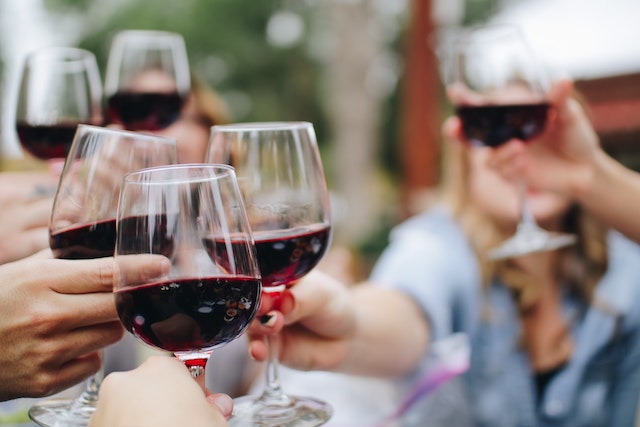
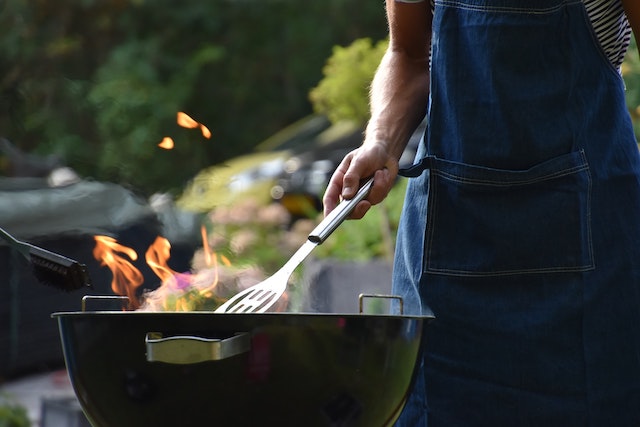
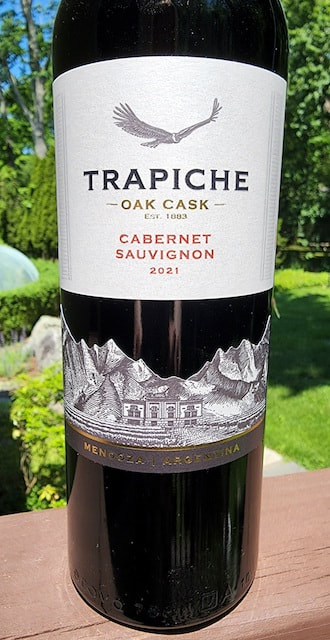
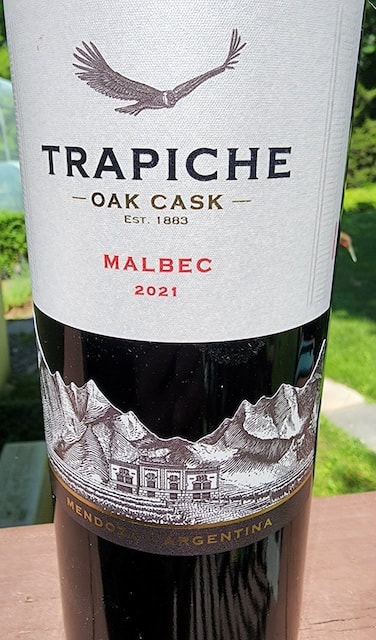
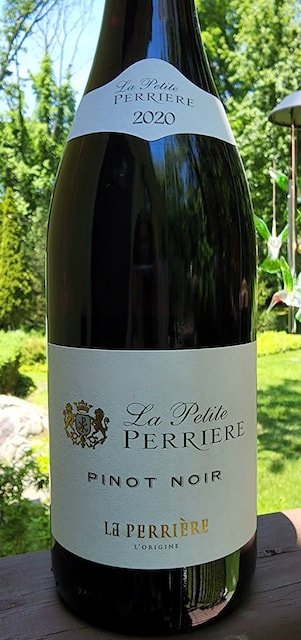
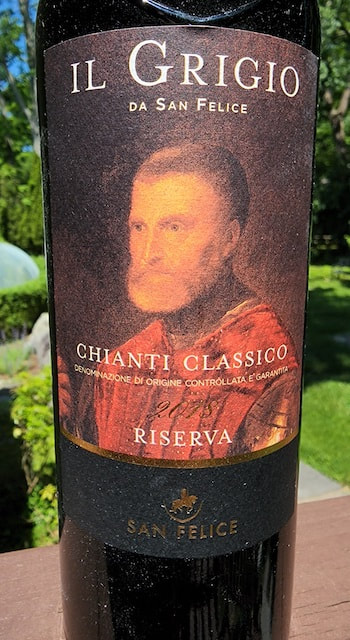
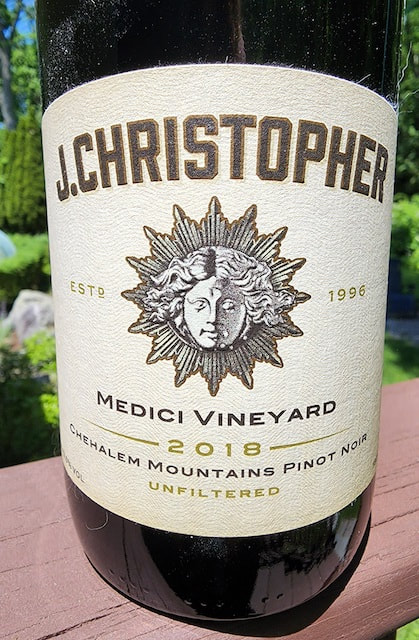
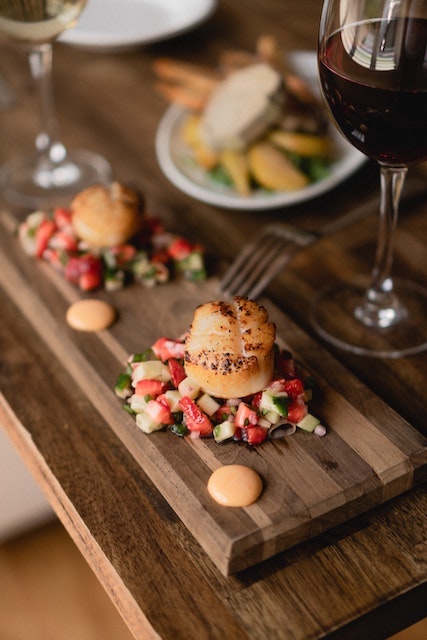
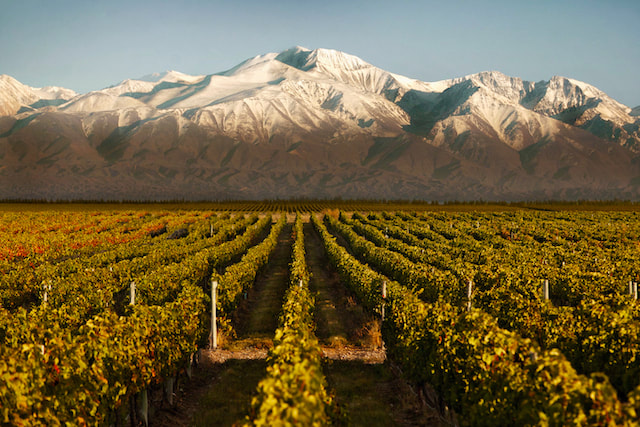
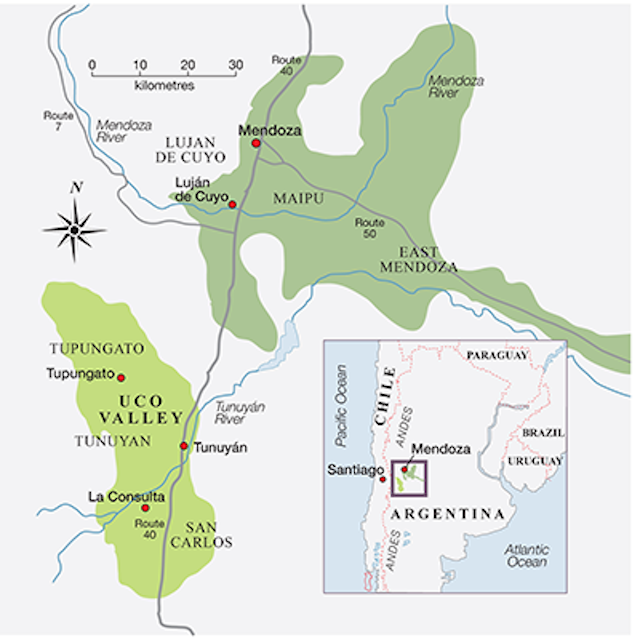
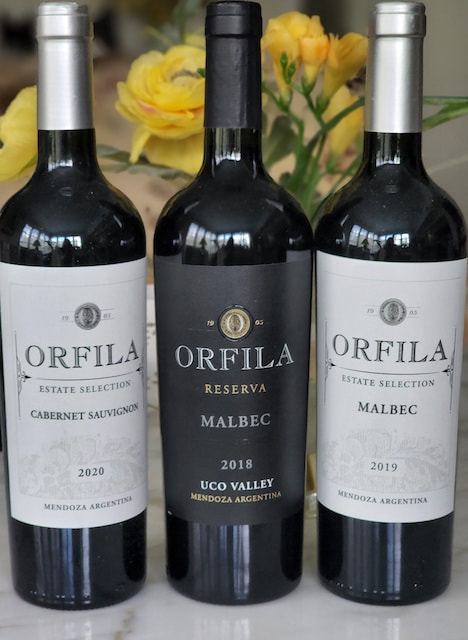
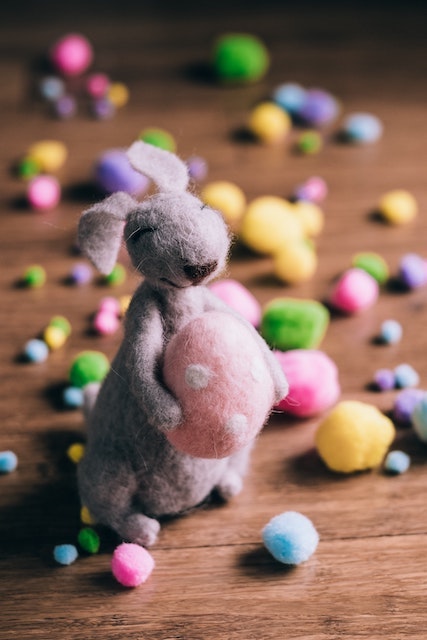
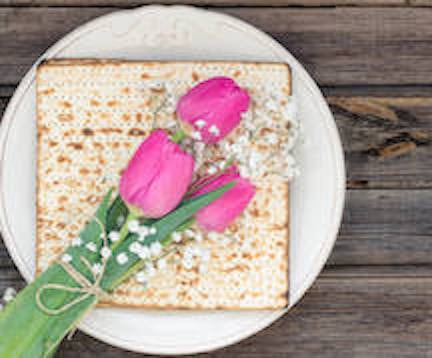
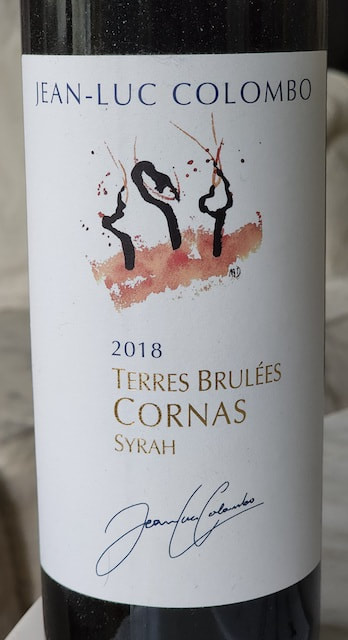
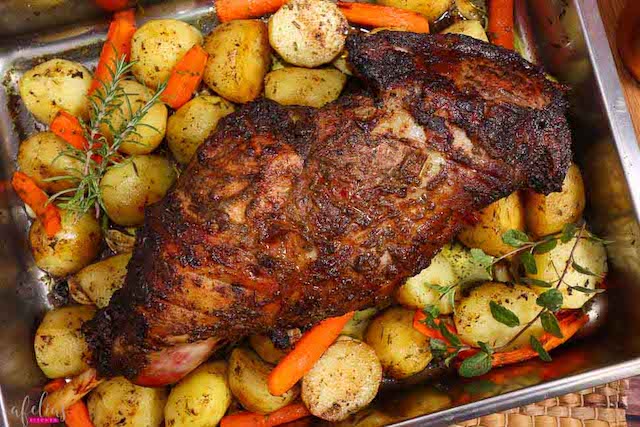
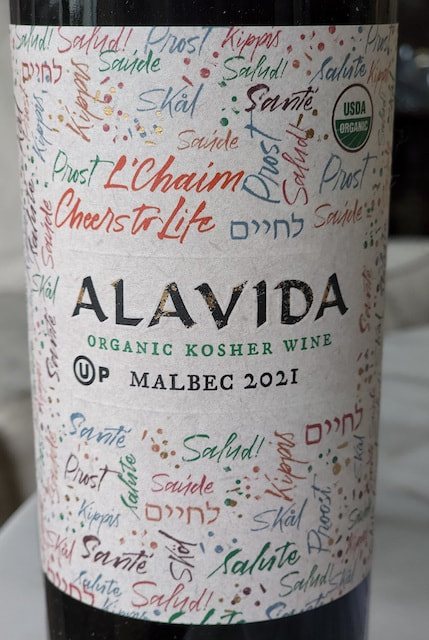
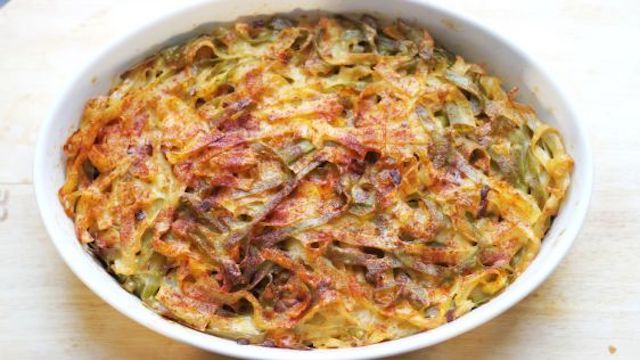
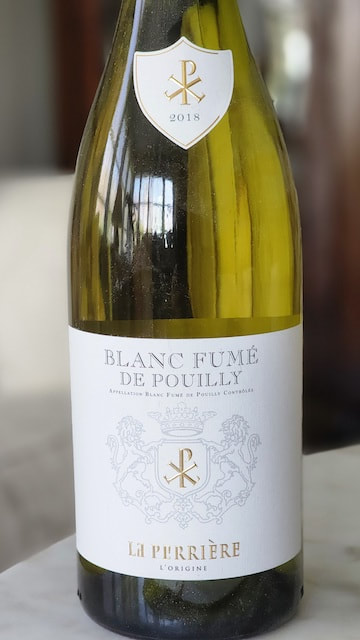
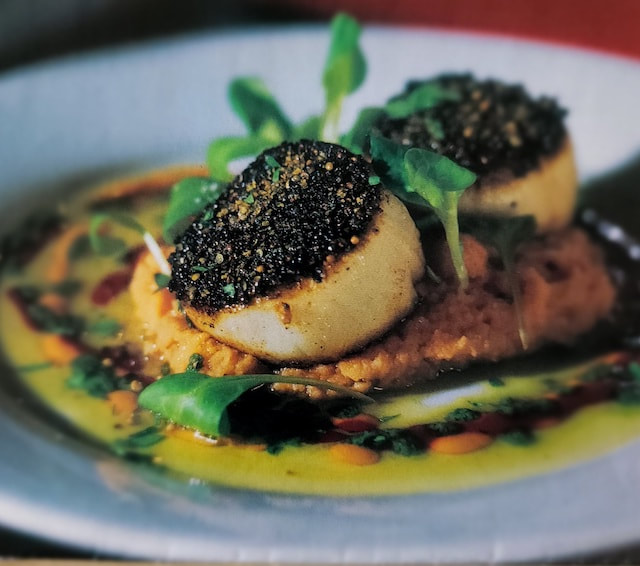
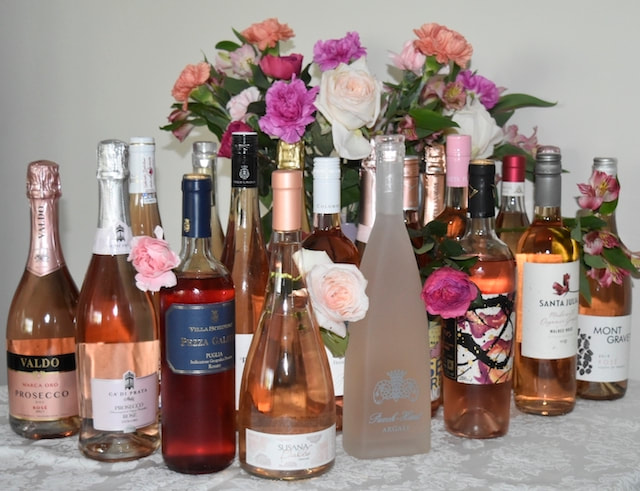
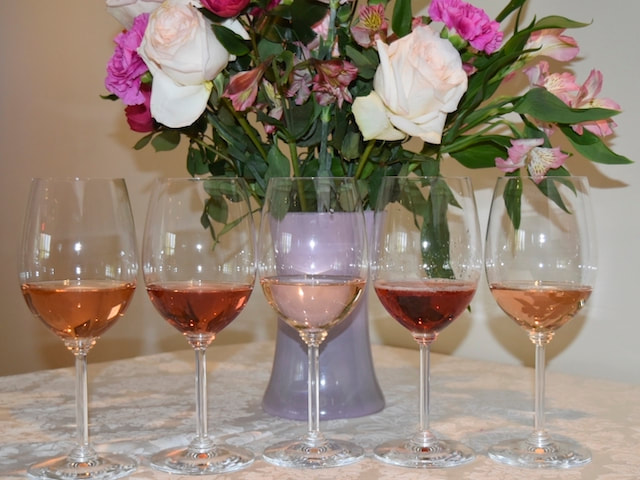
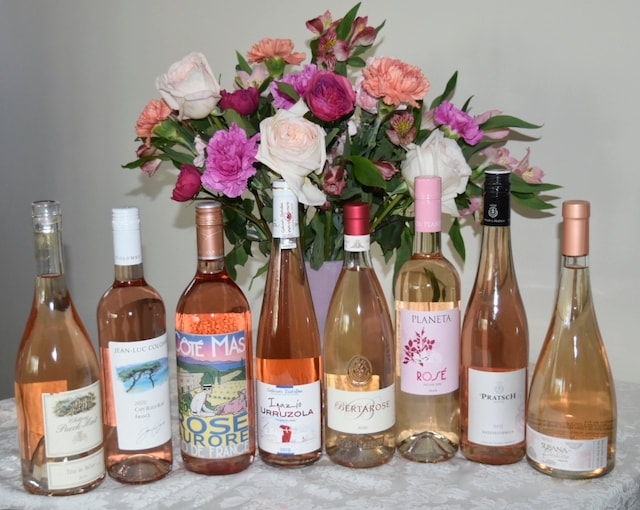
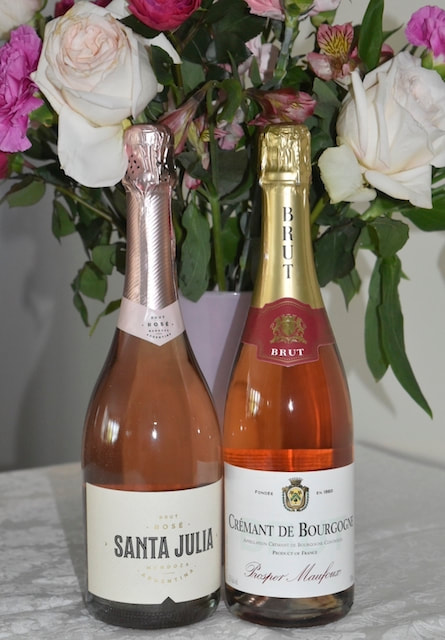
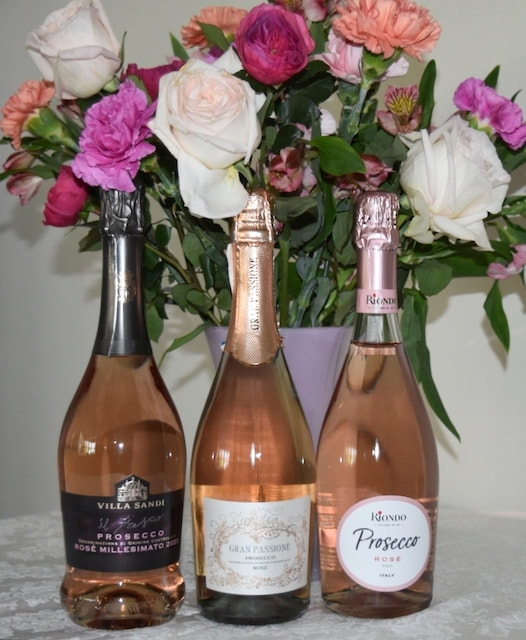
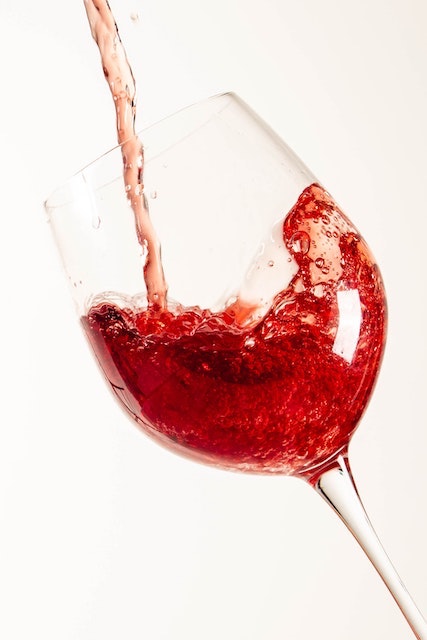
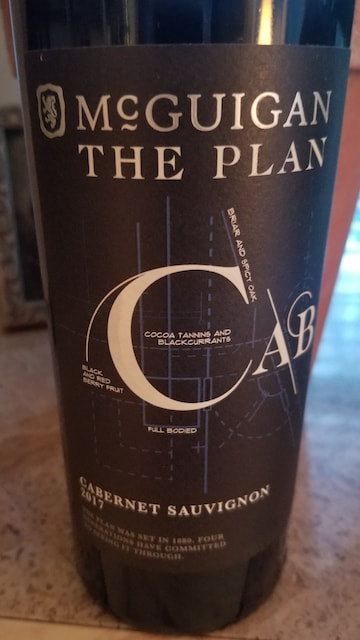
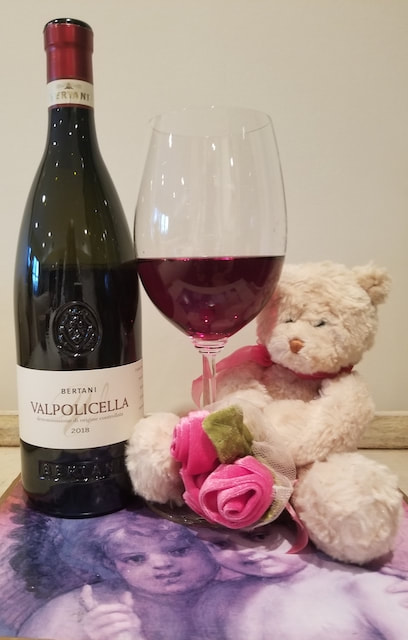
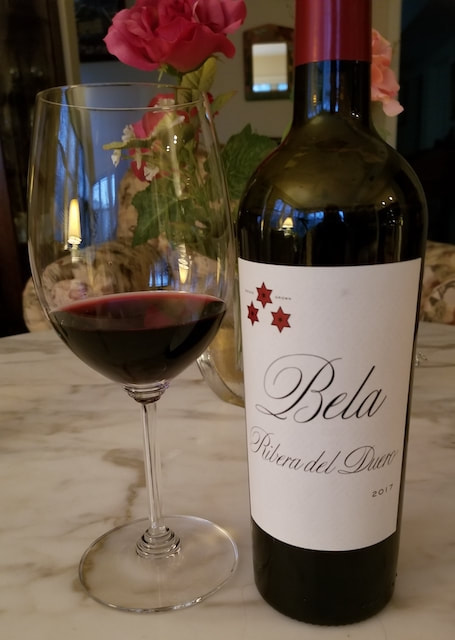
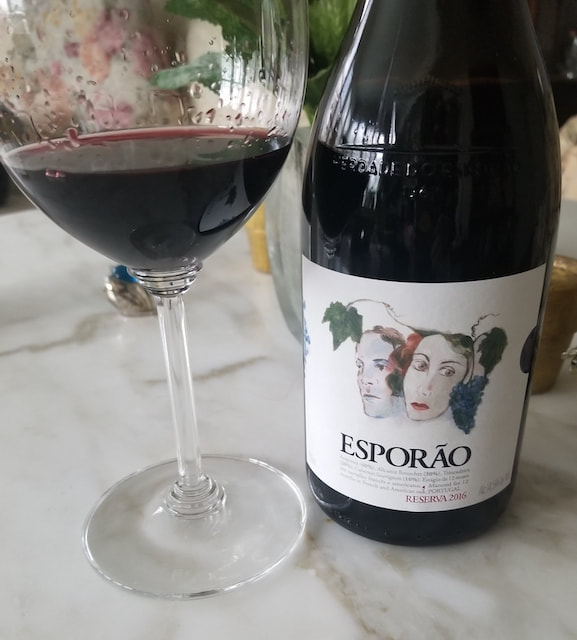
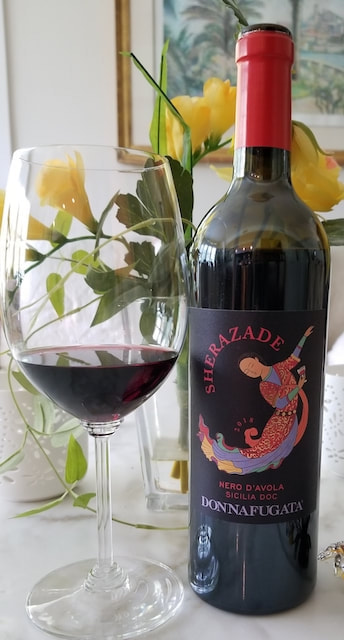
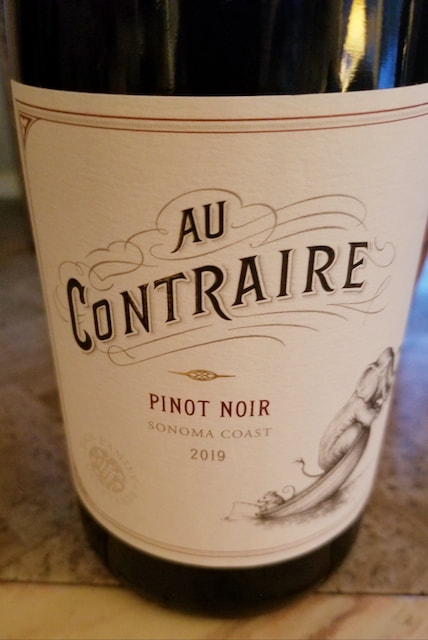
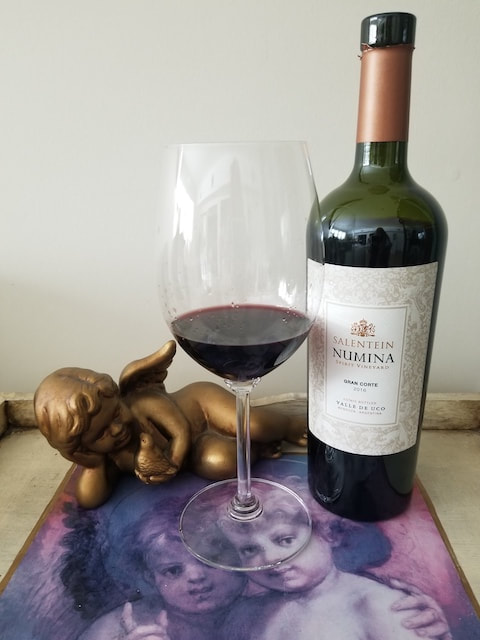
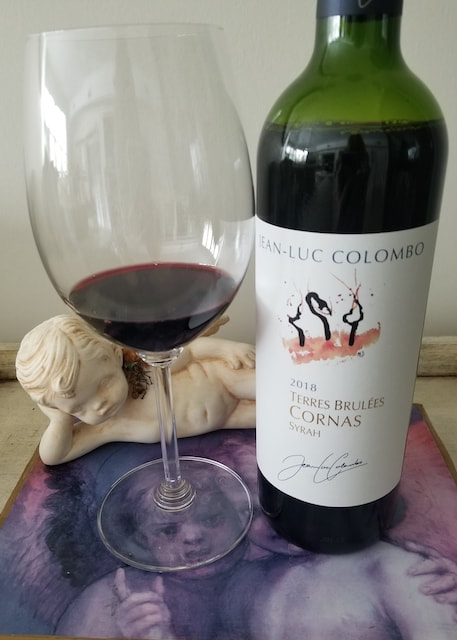
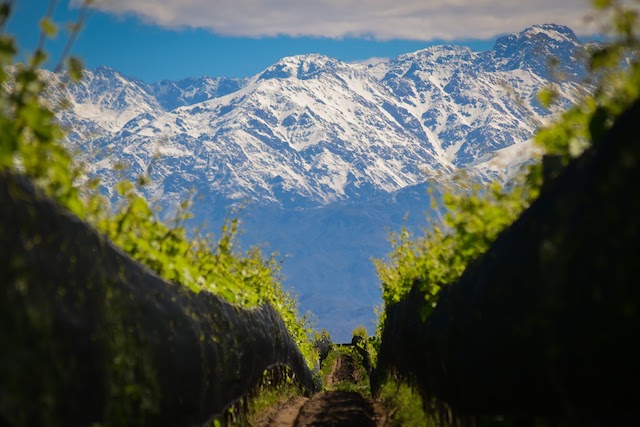
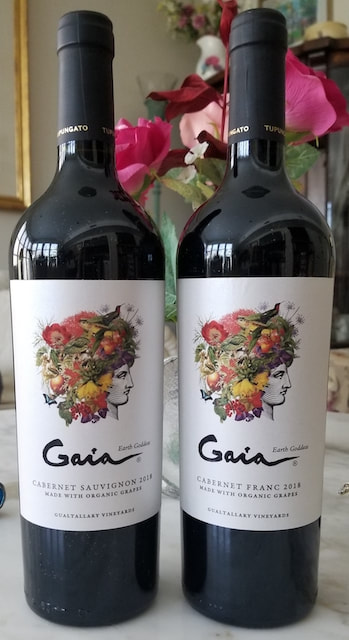
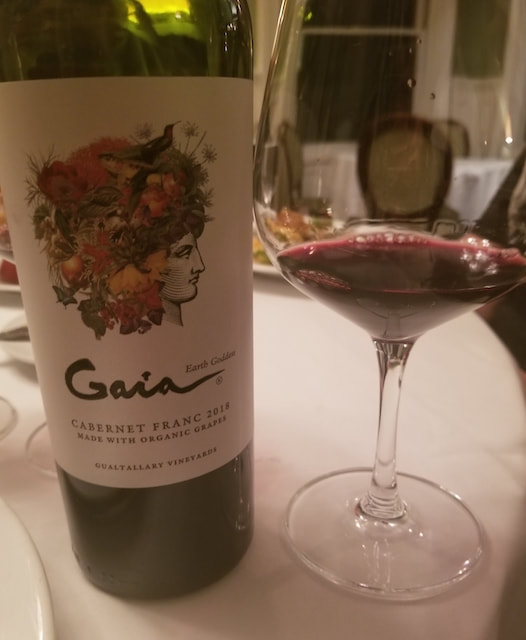

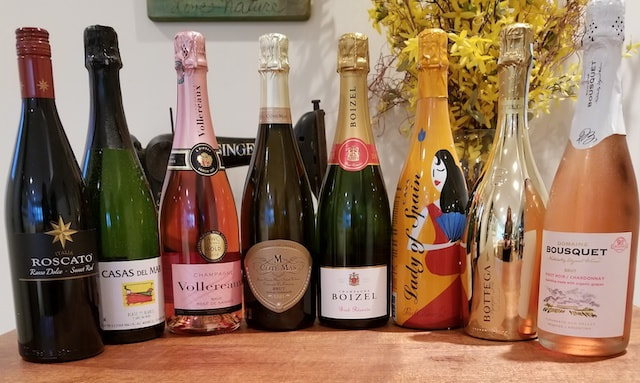
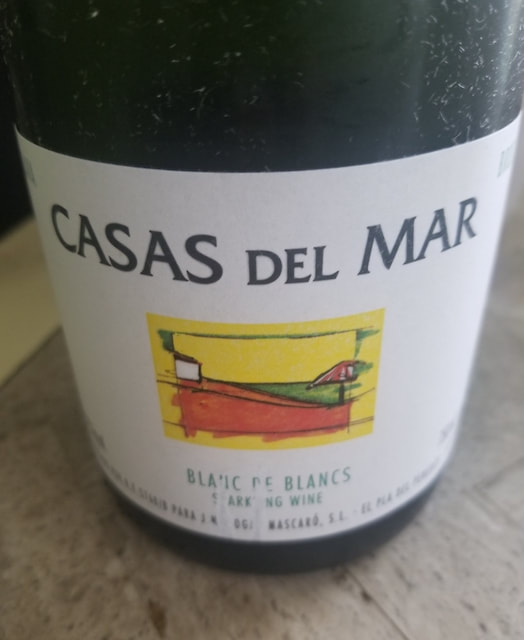
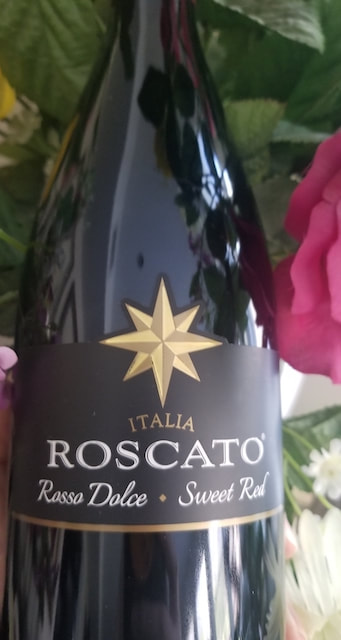
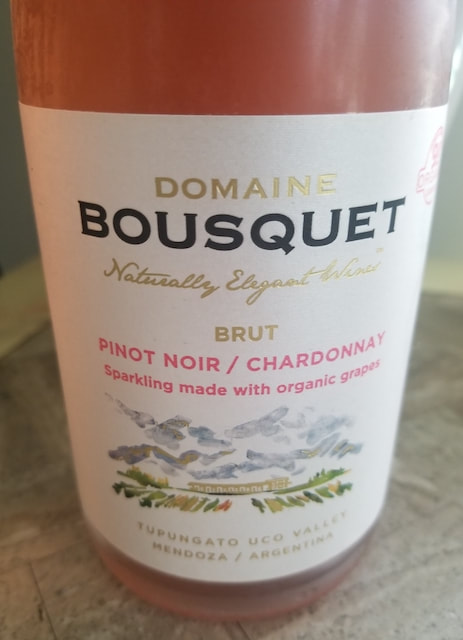
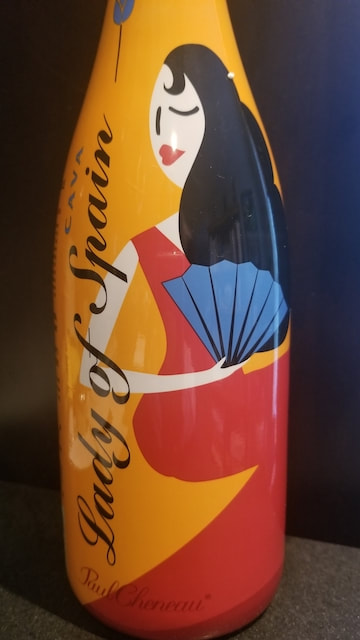
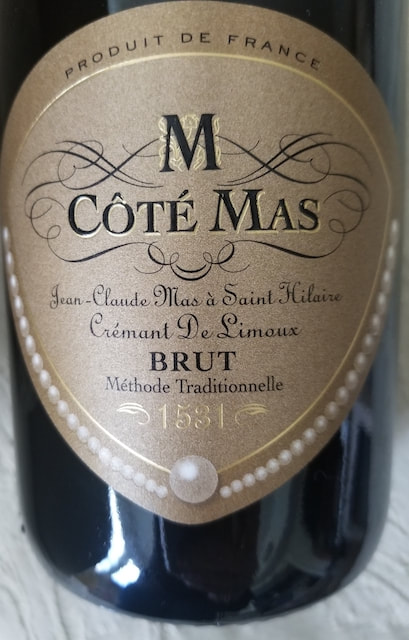
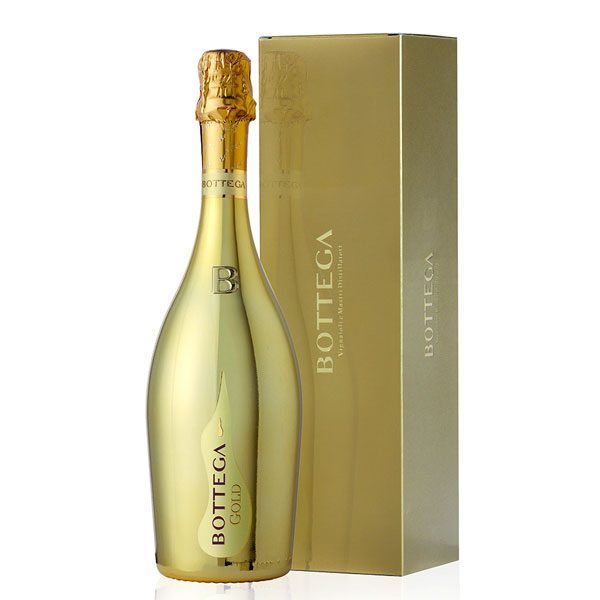
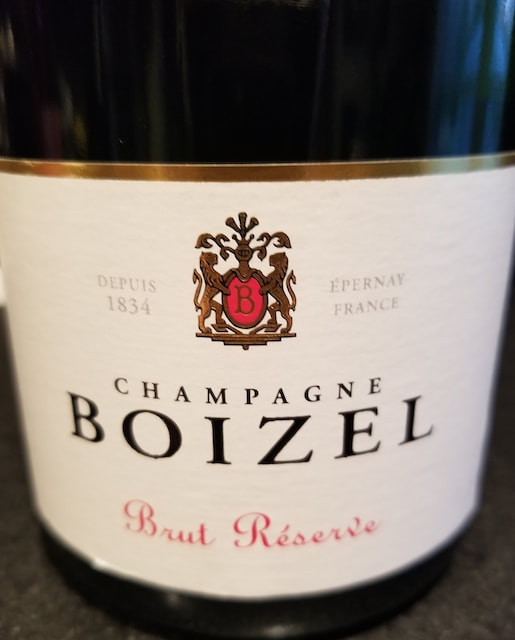
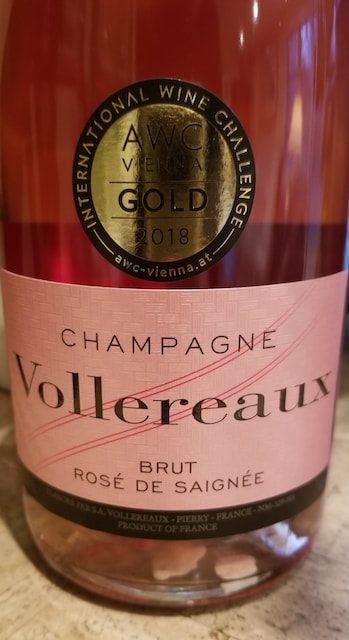
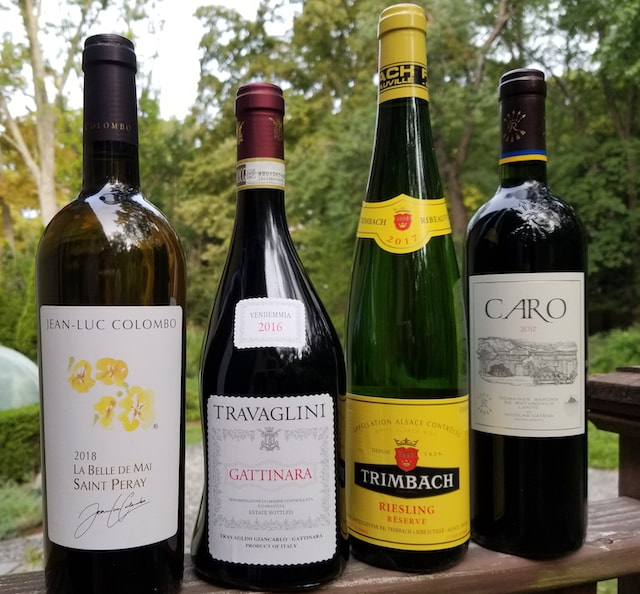
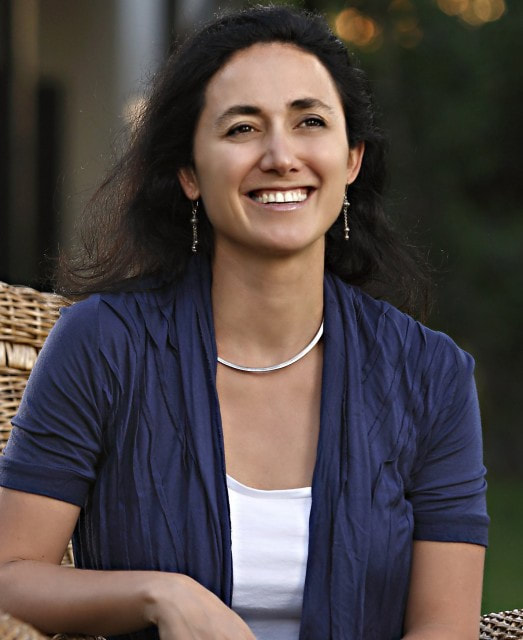
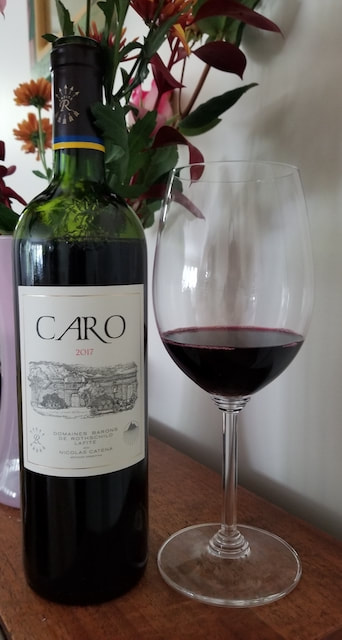
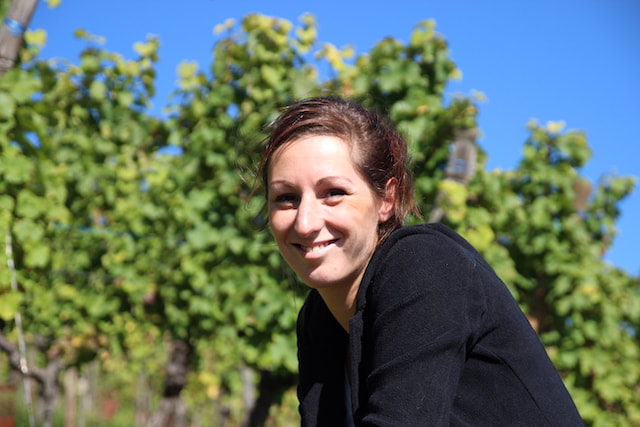
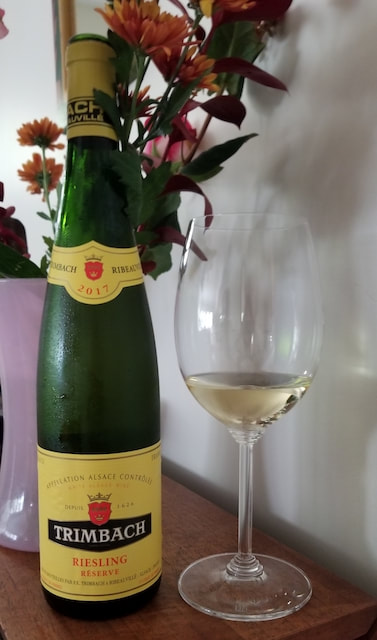
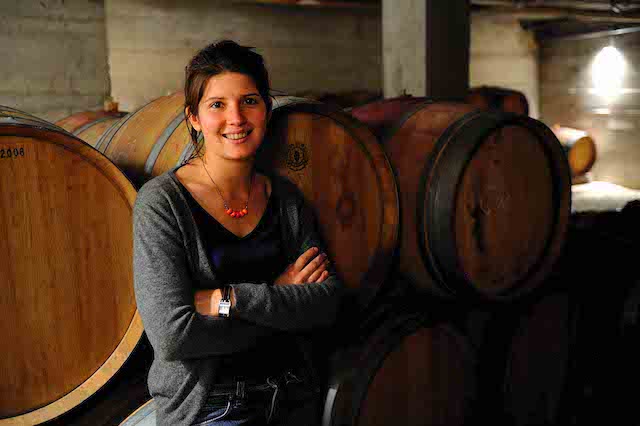
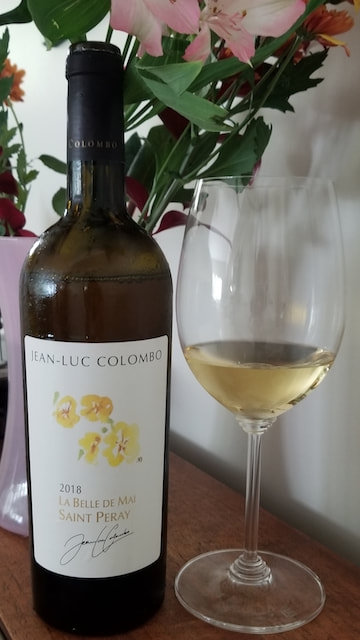
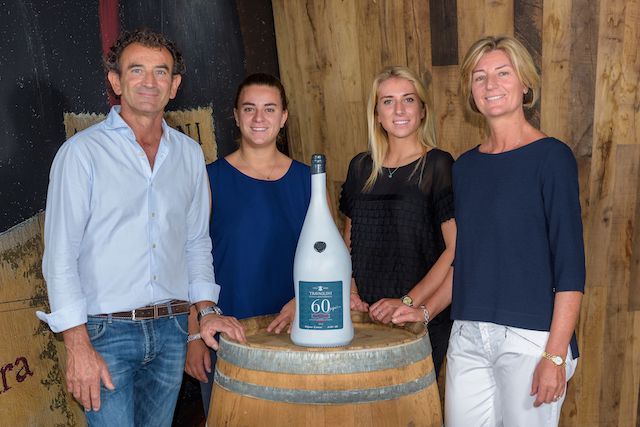
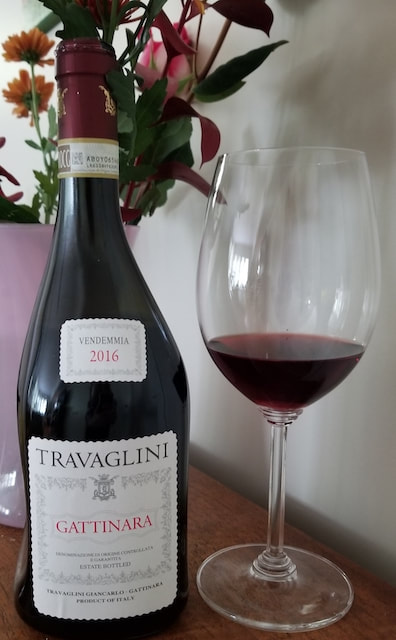
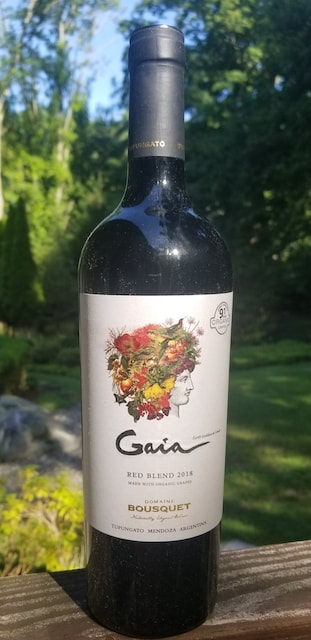
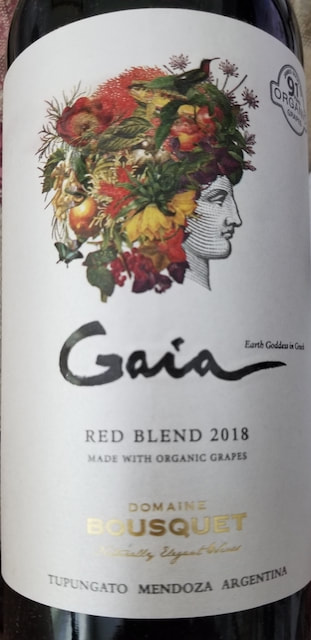
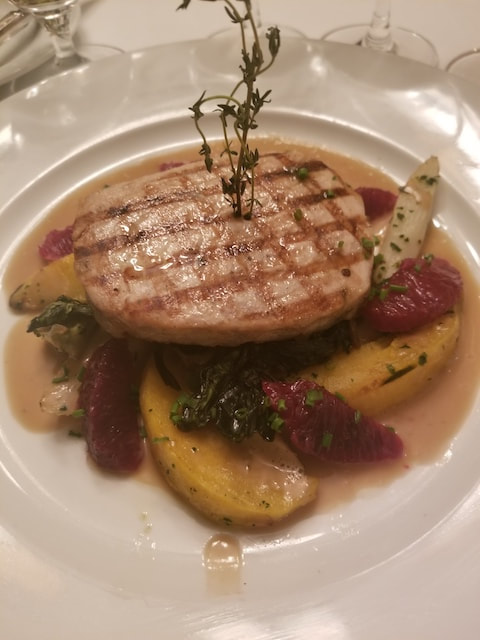
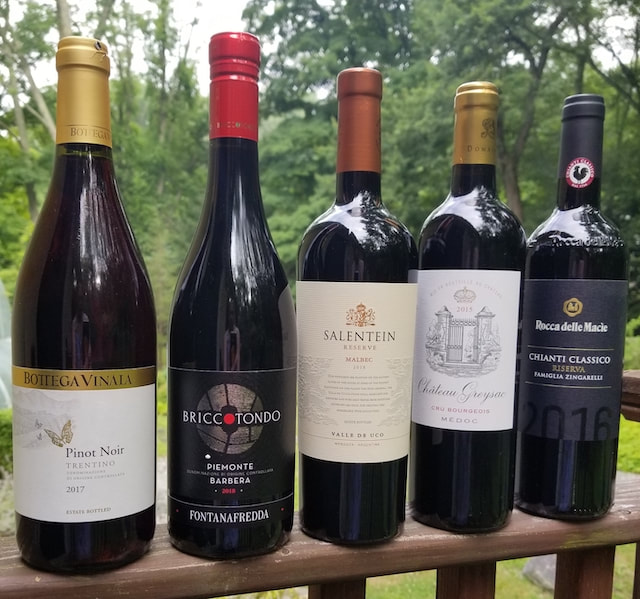
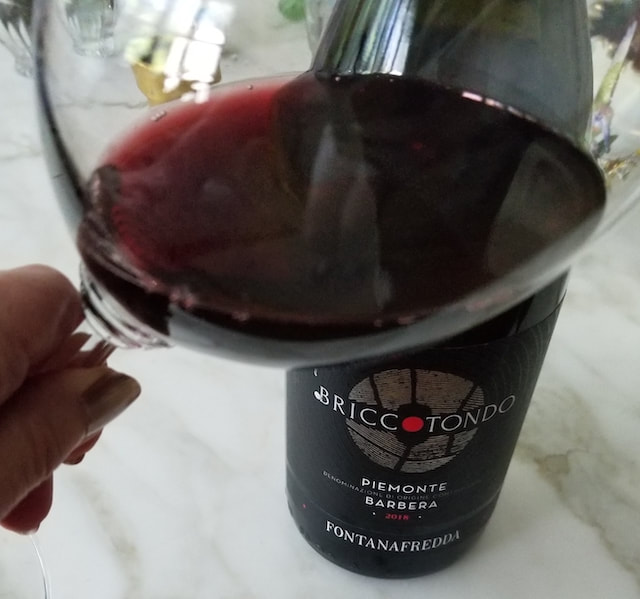
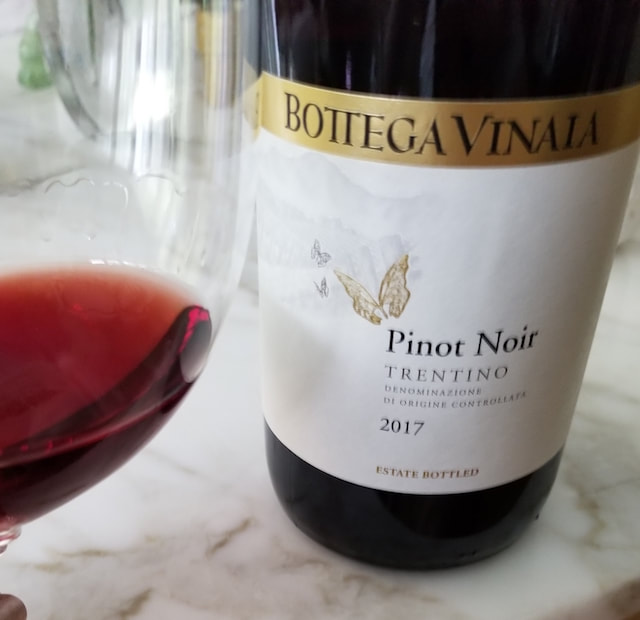
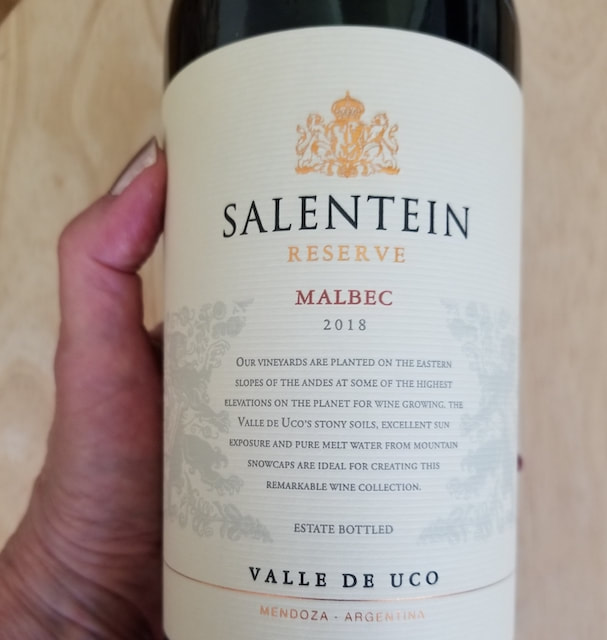
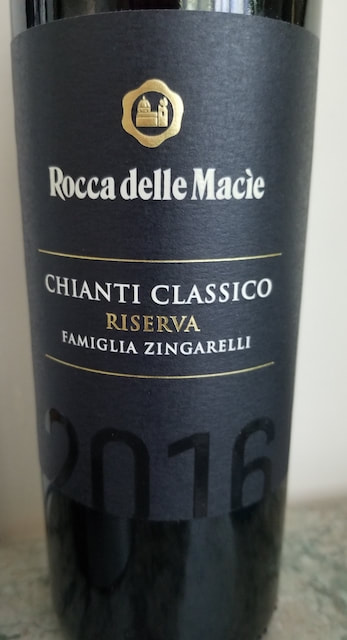
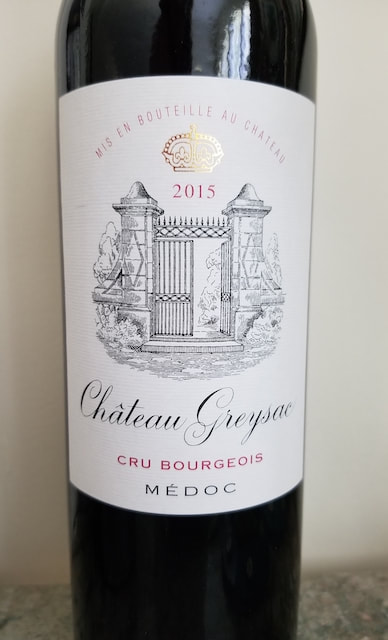
 RSS Feed
RSS Feed